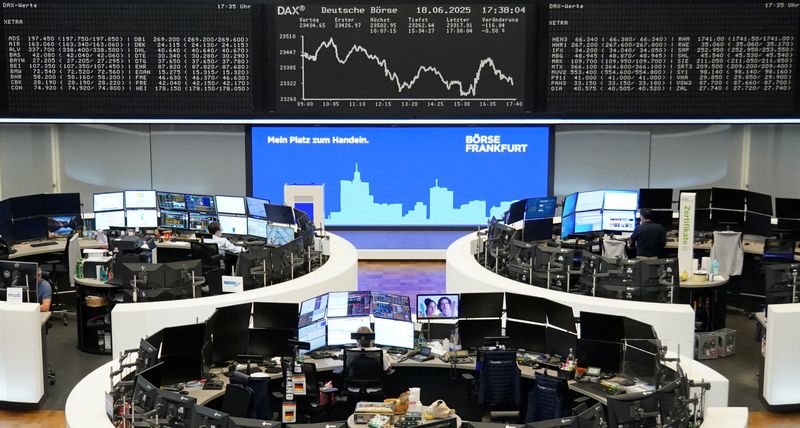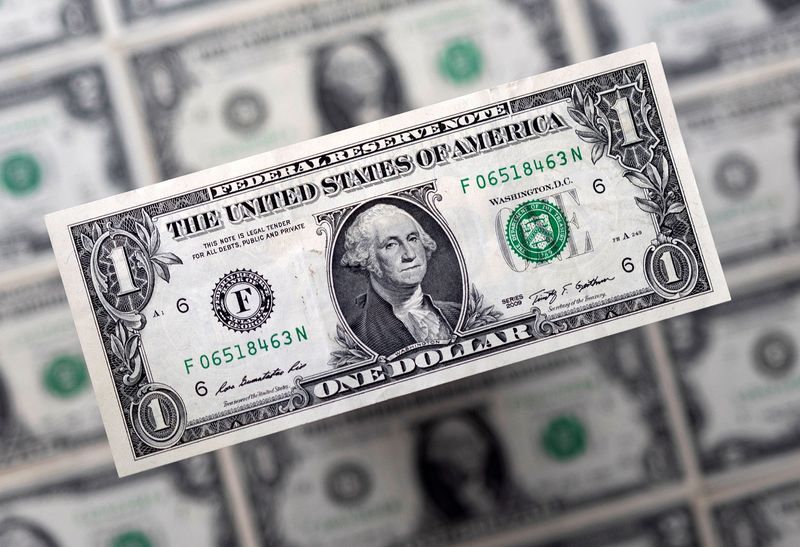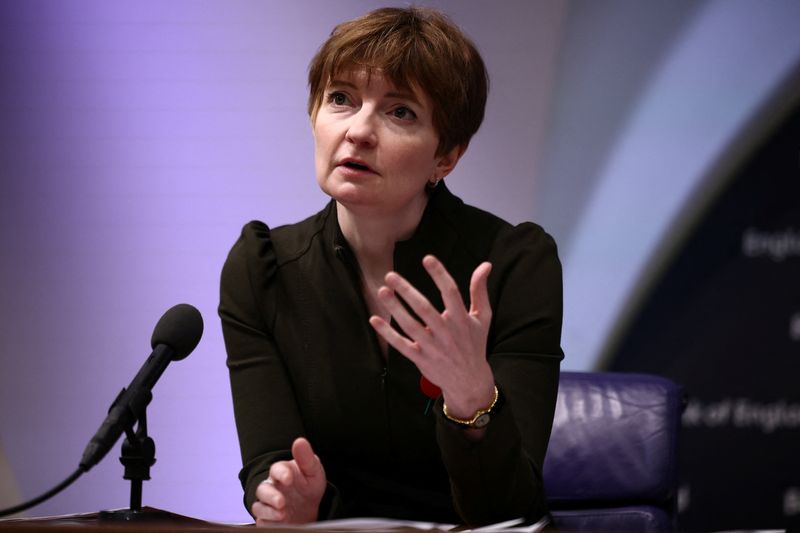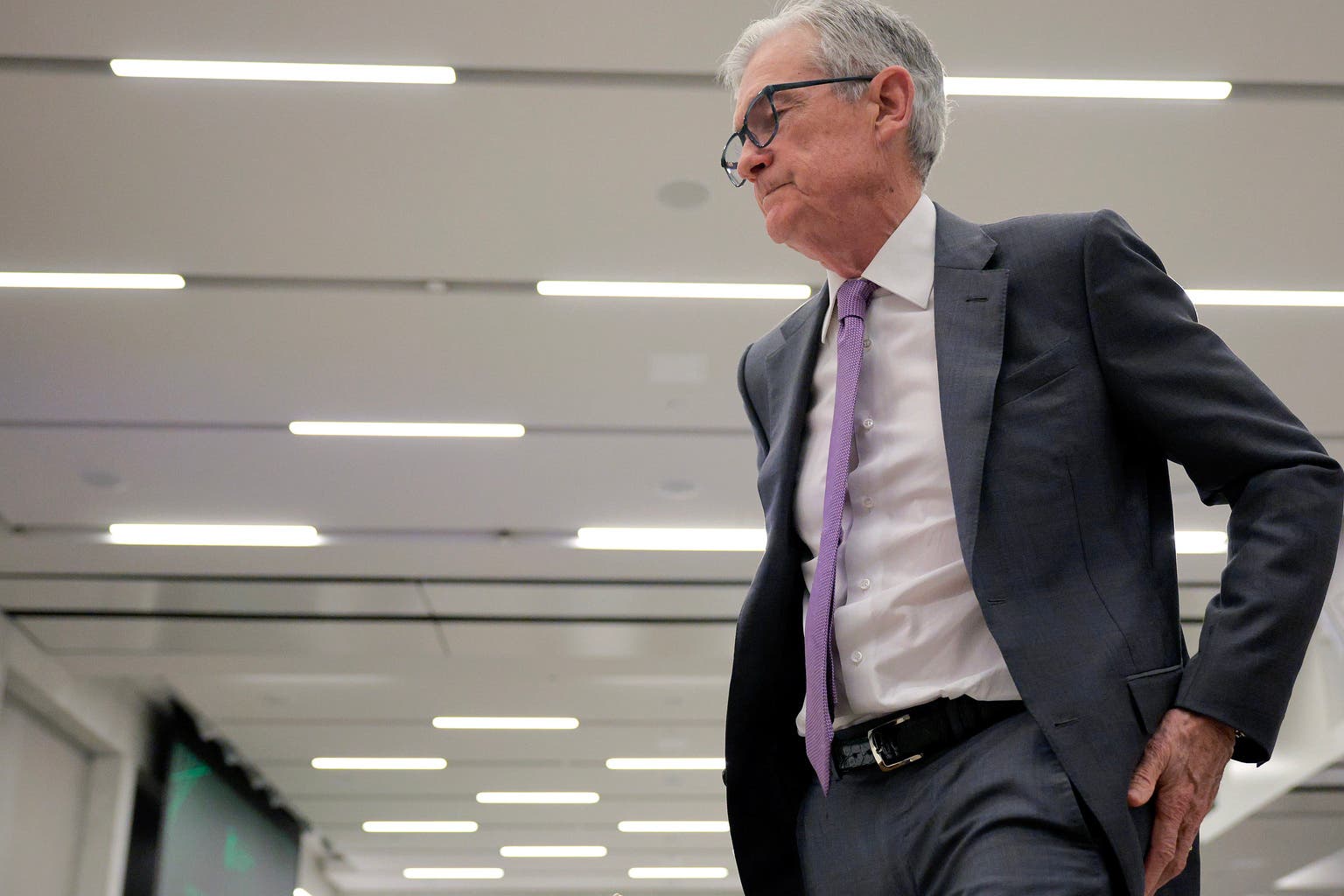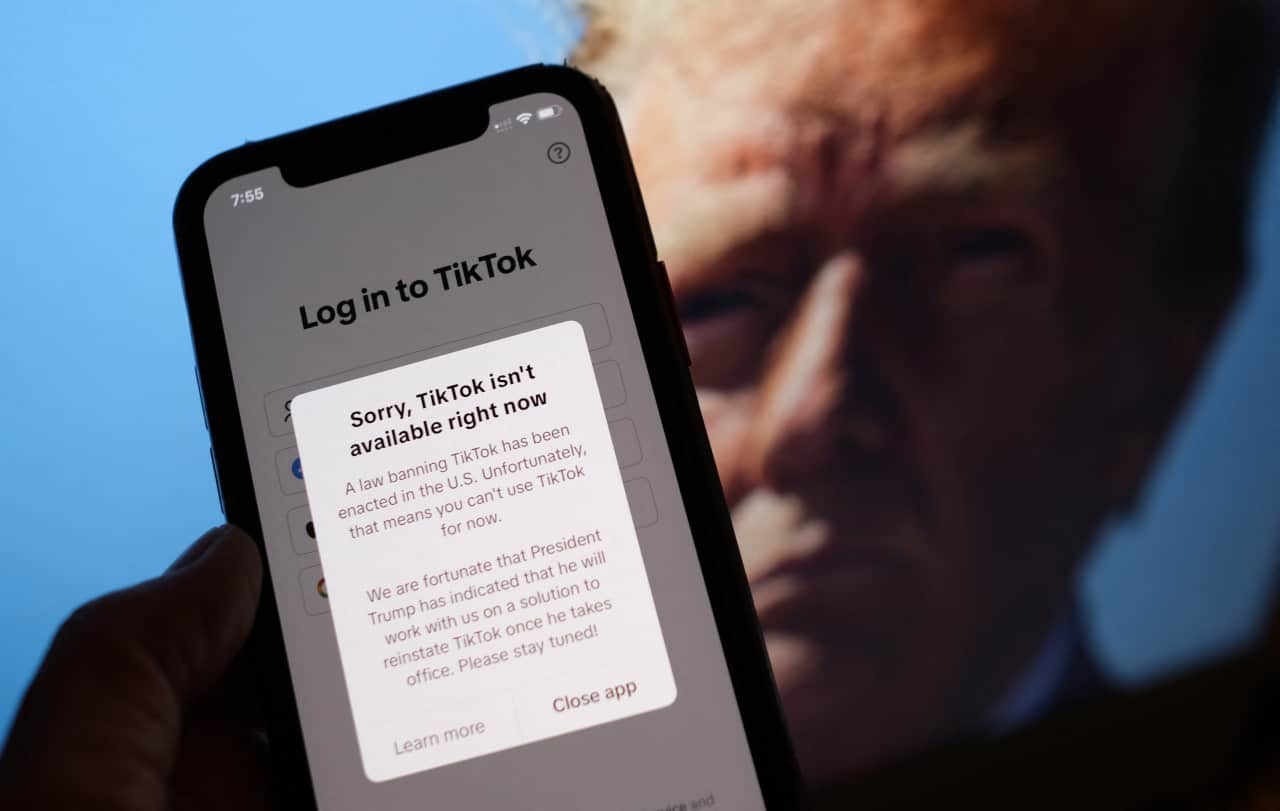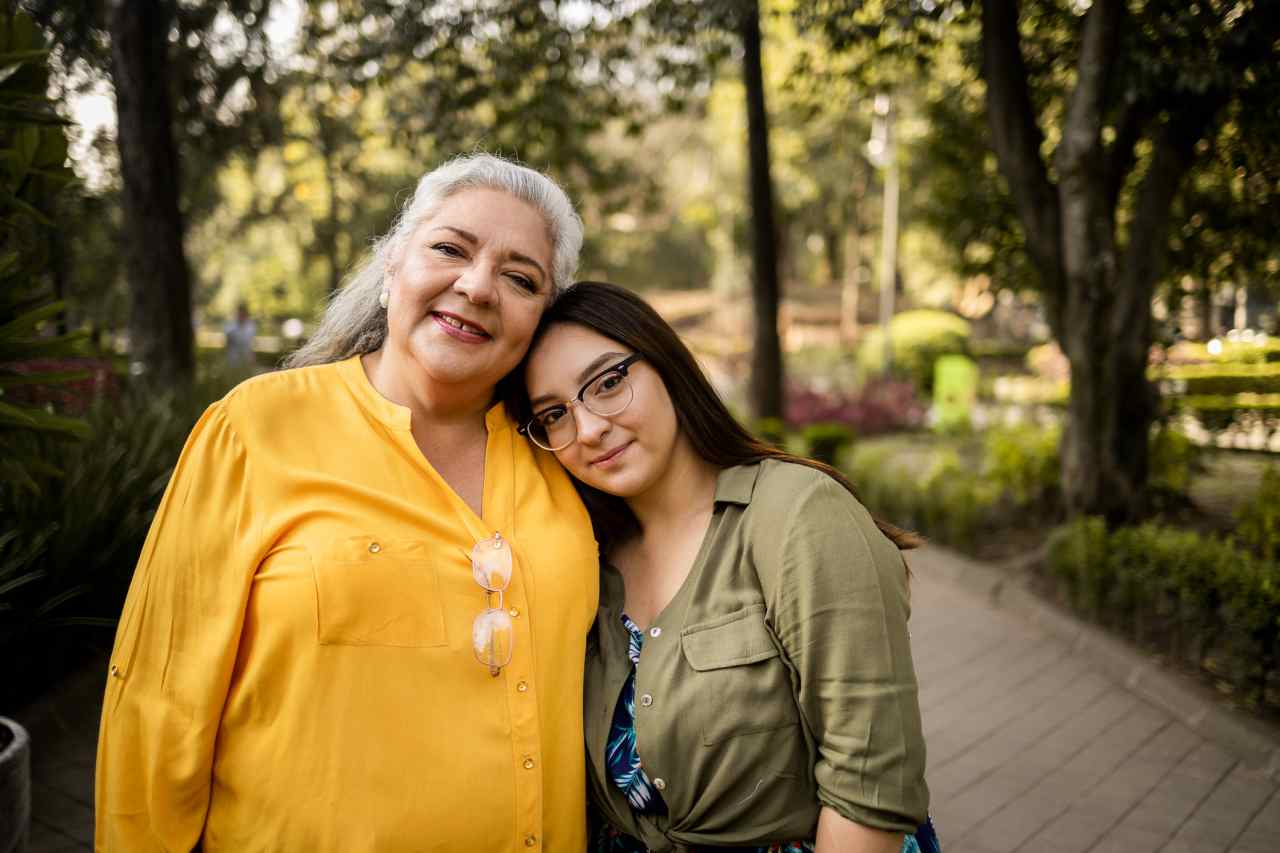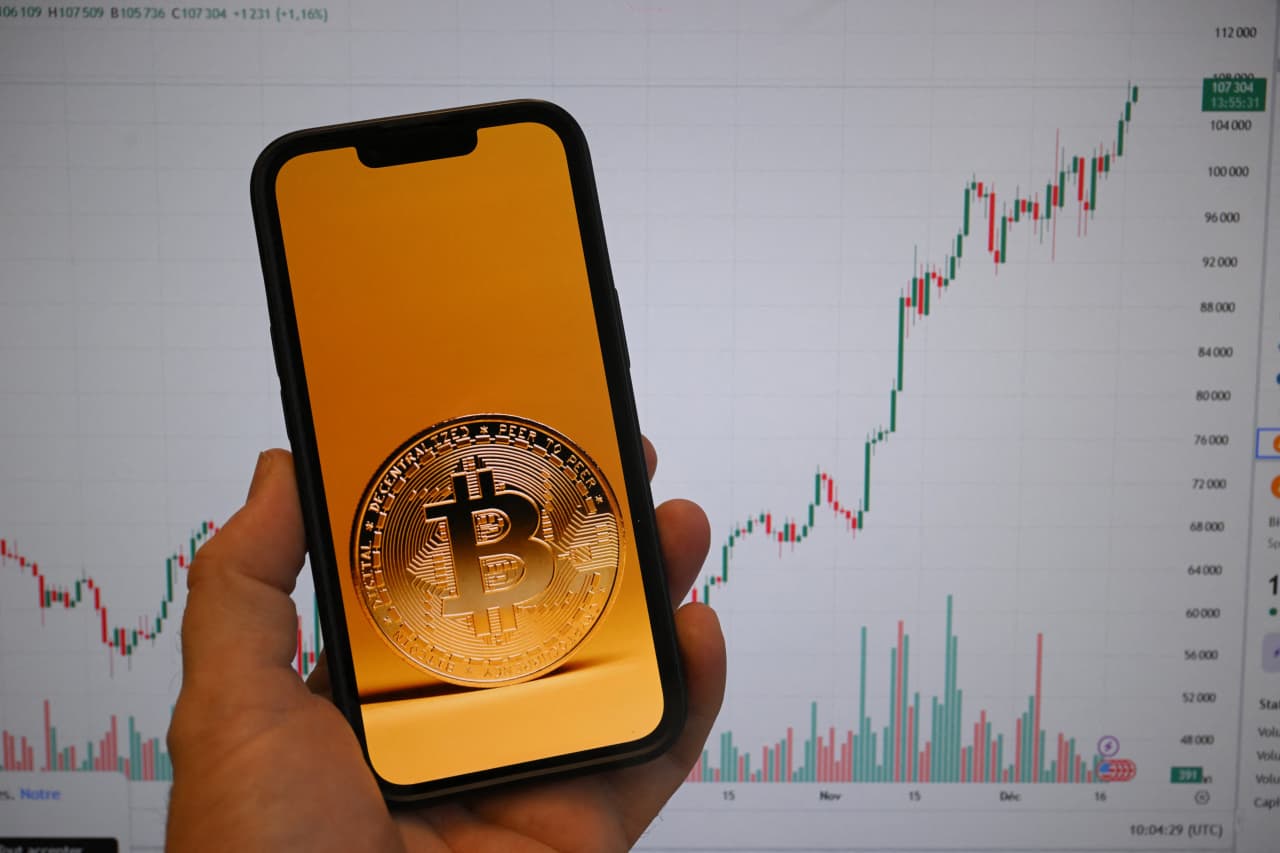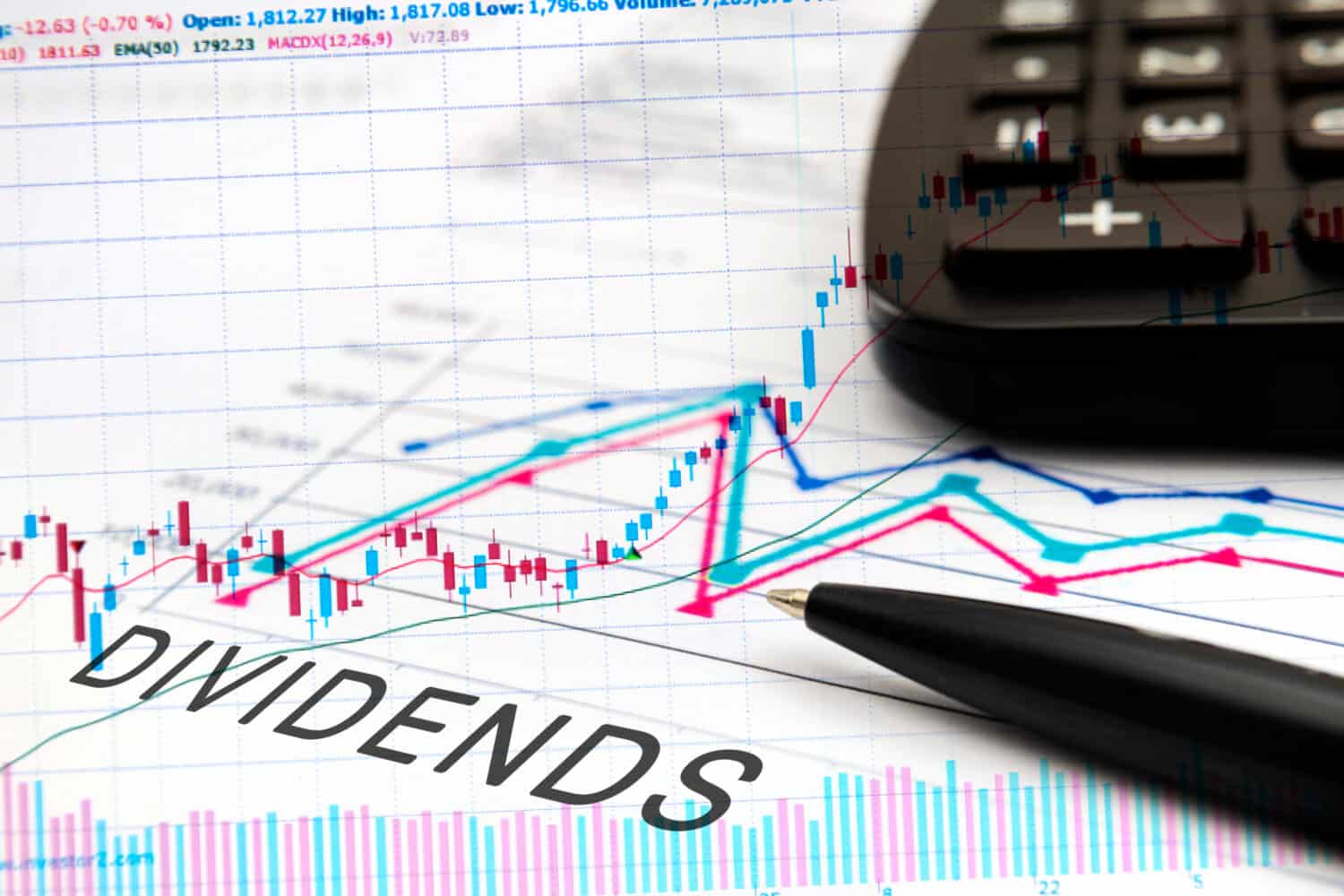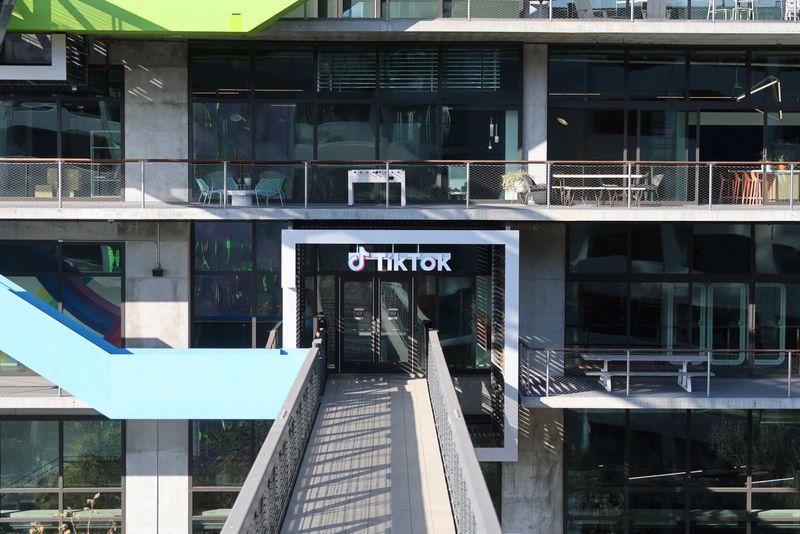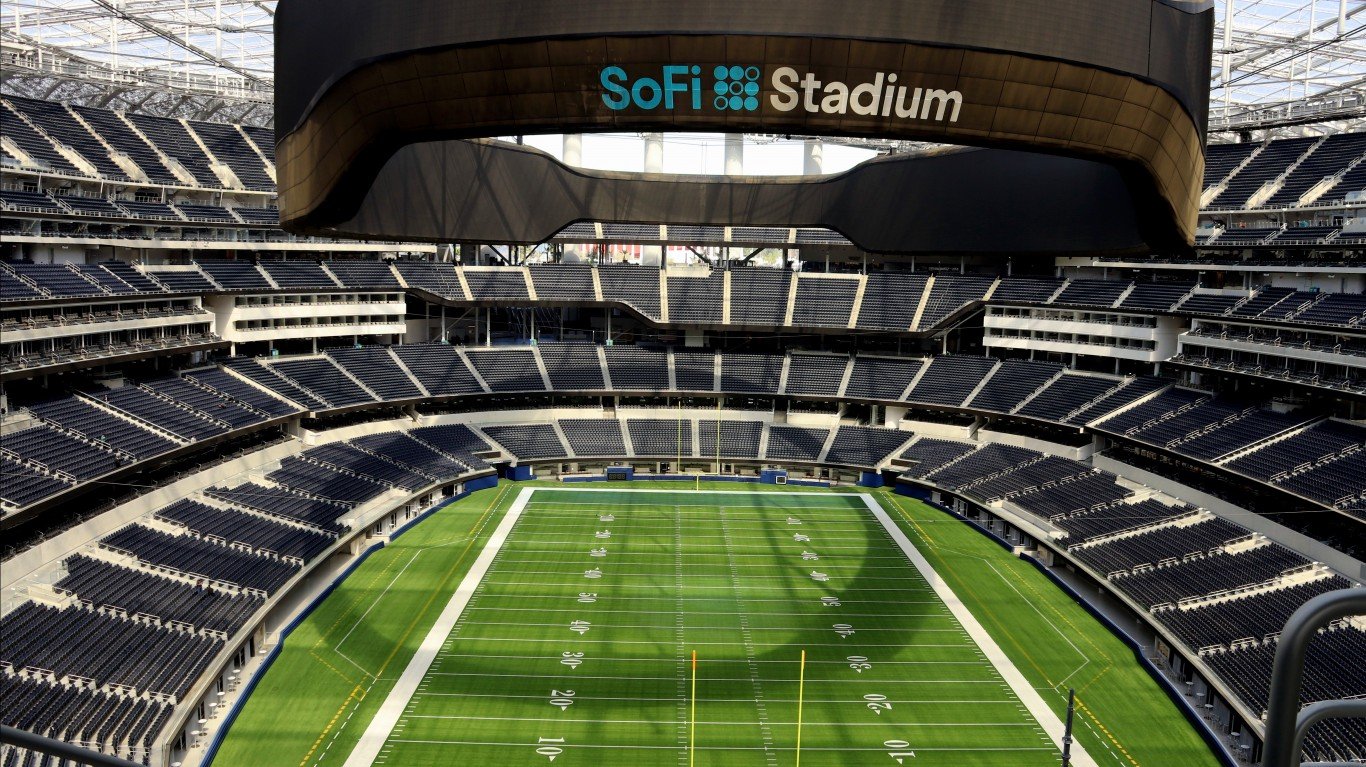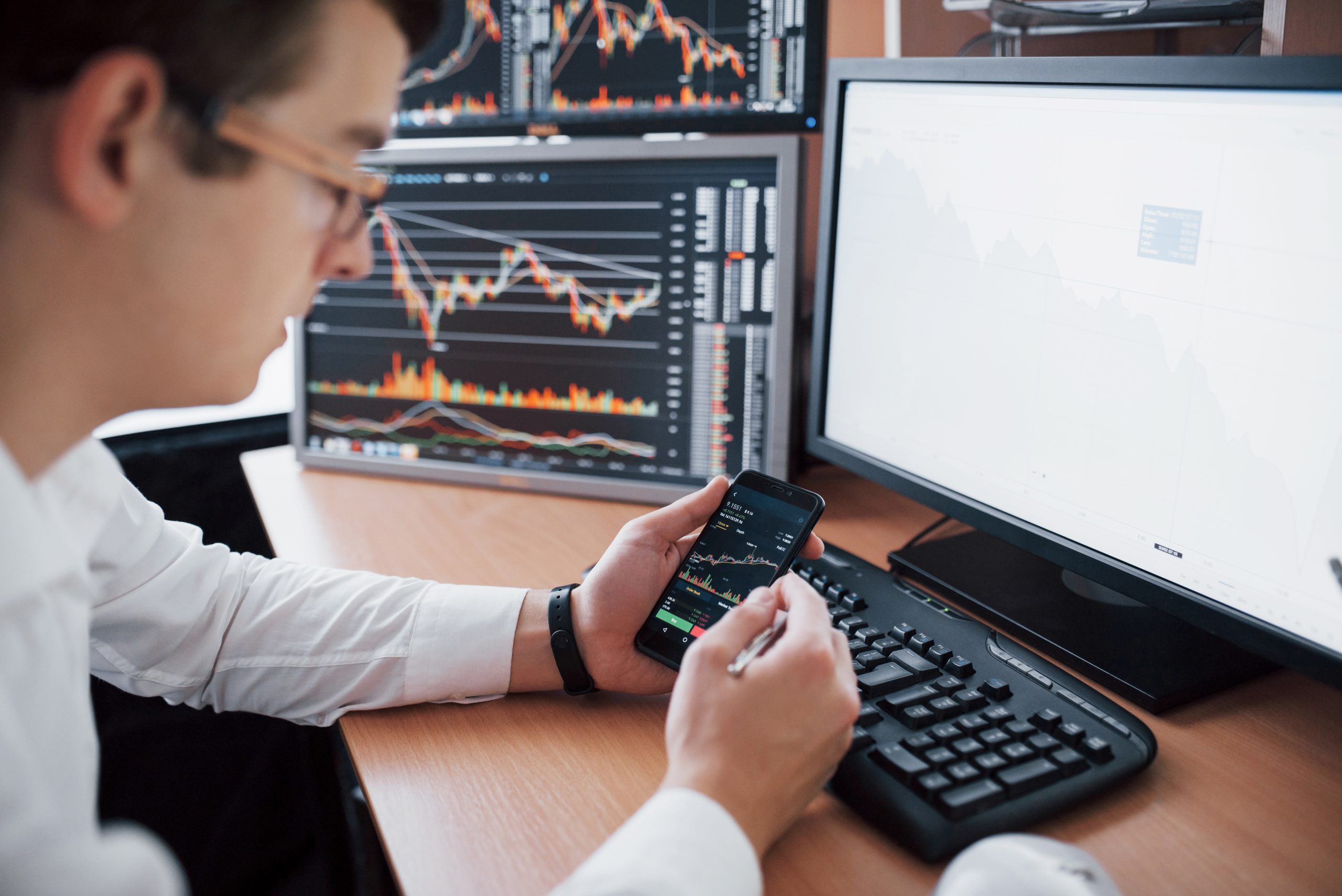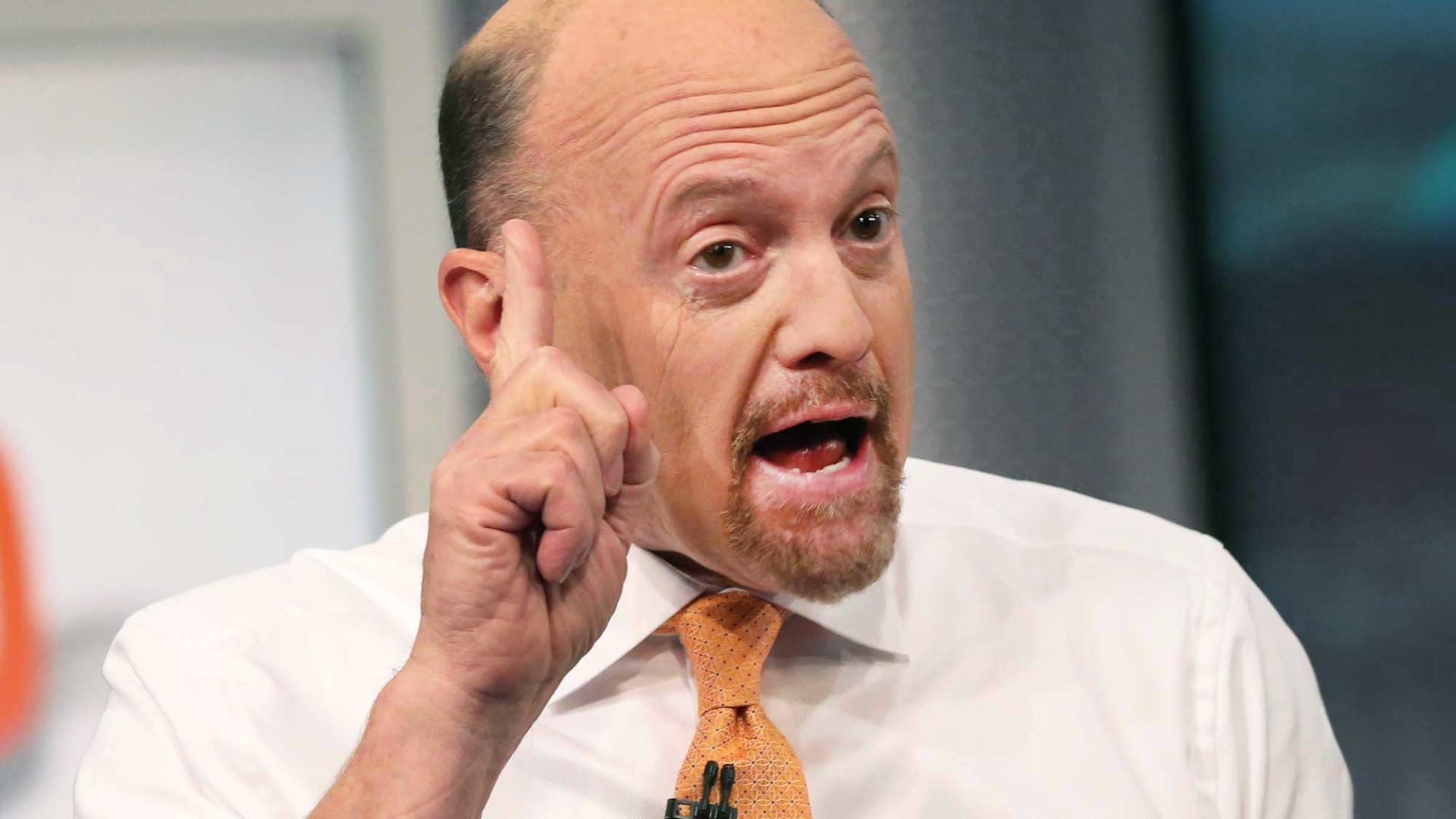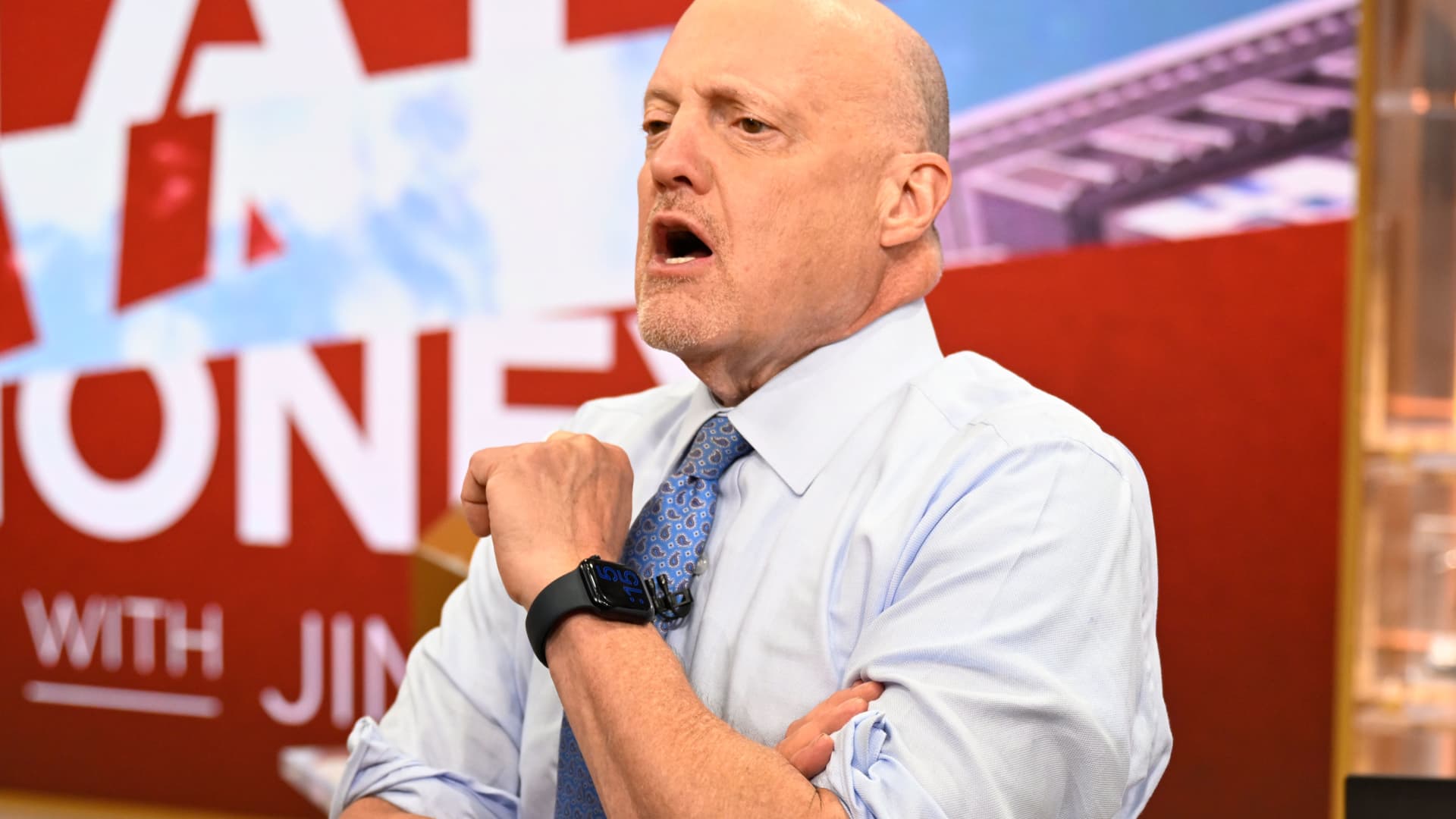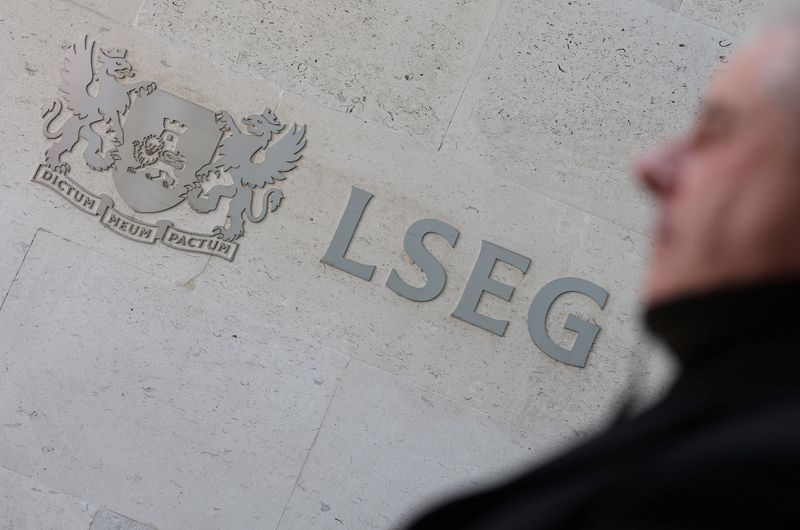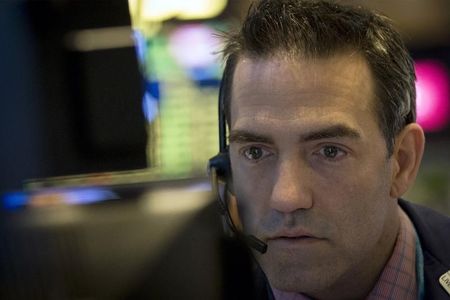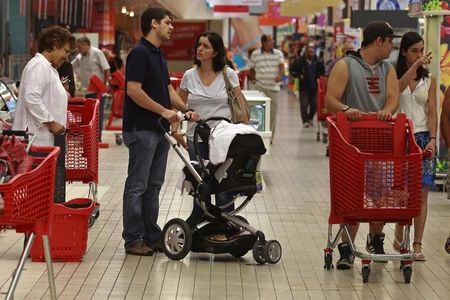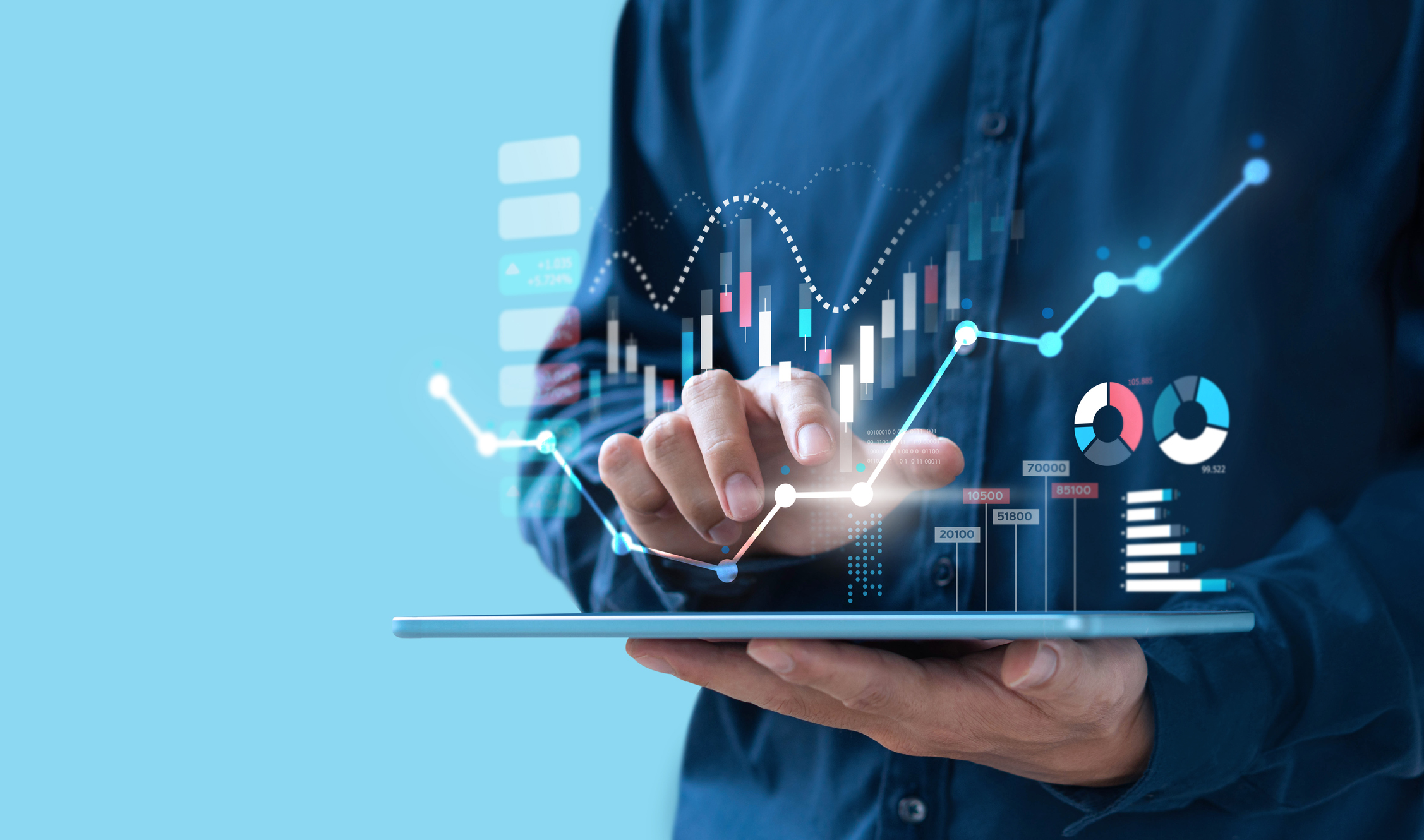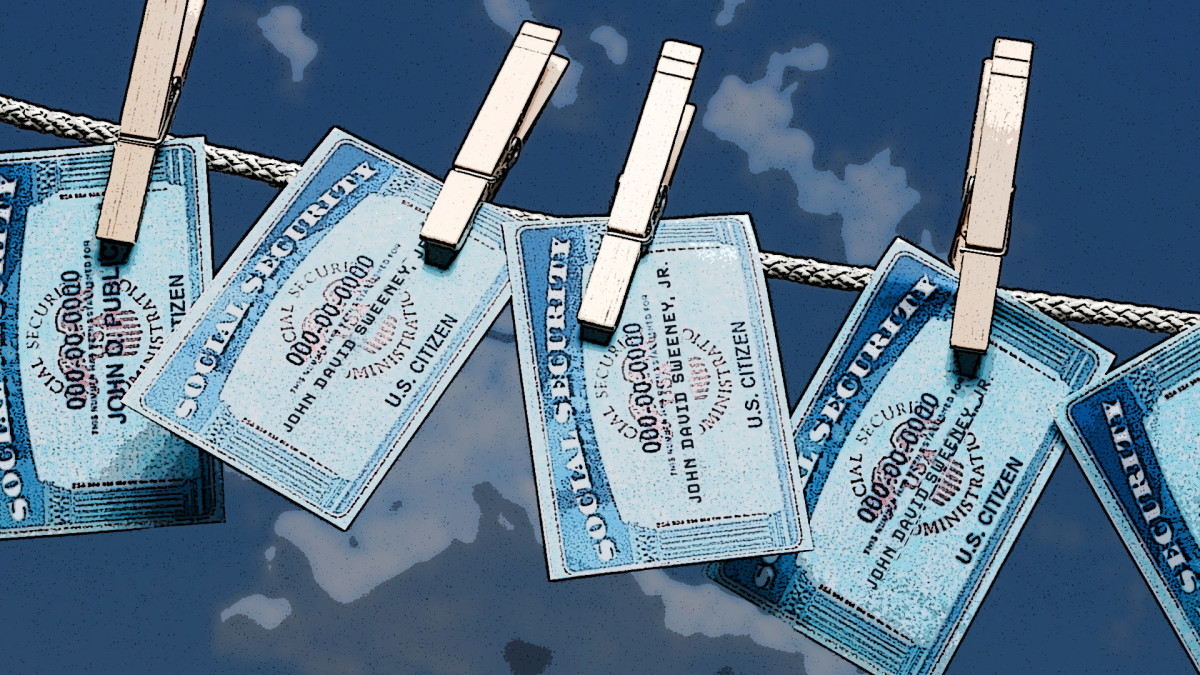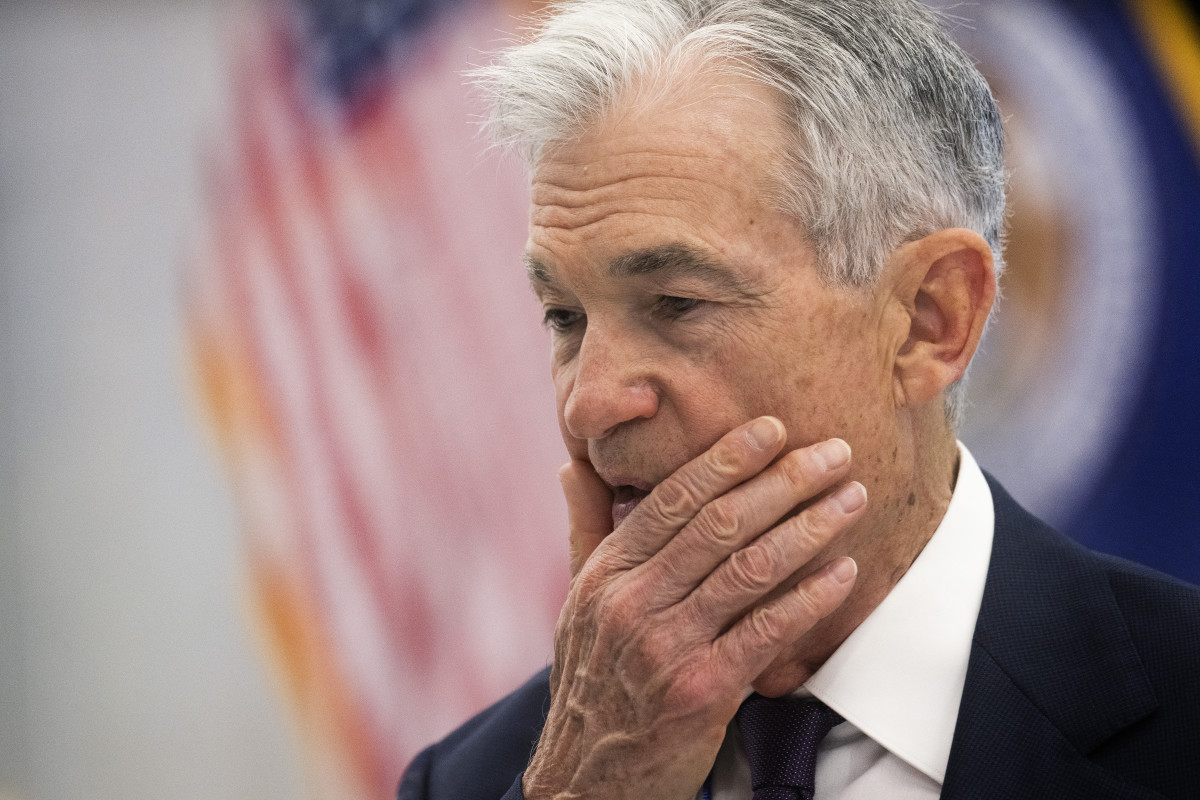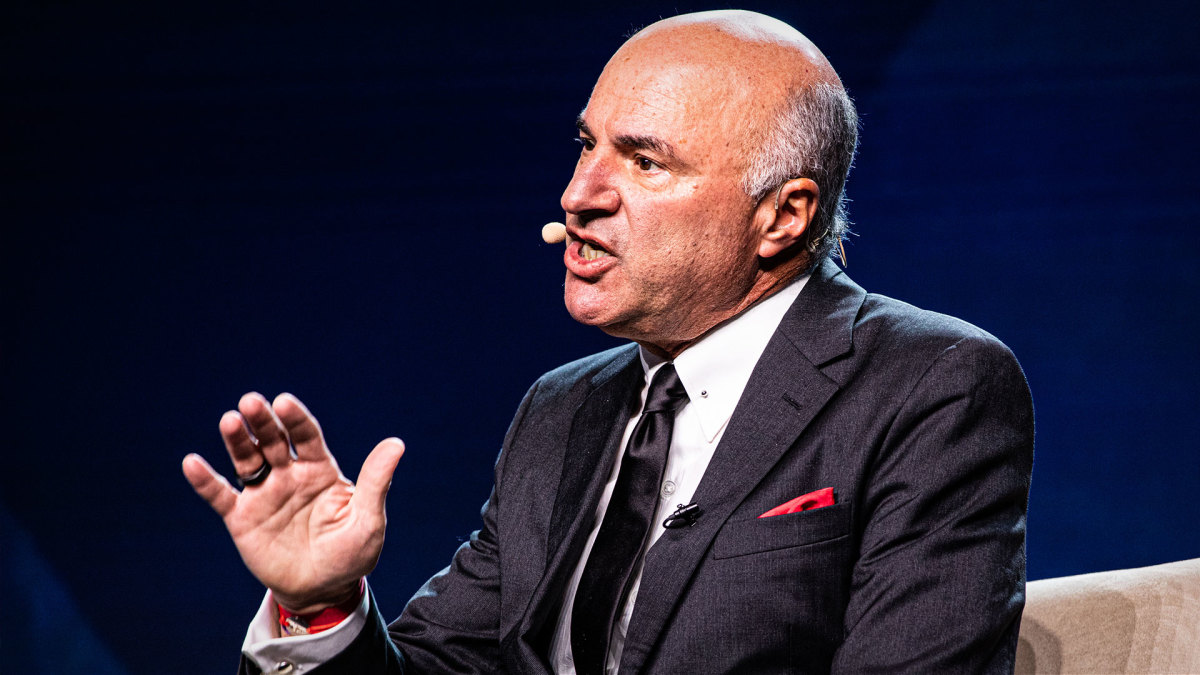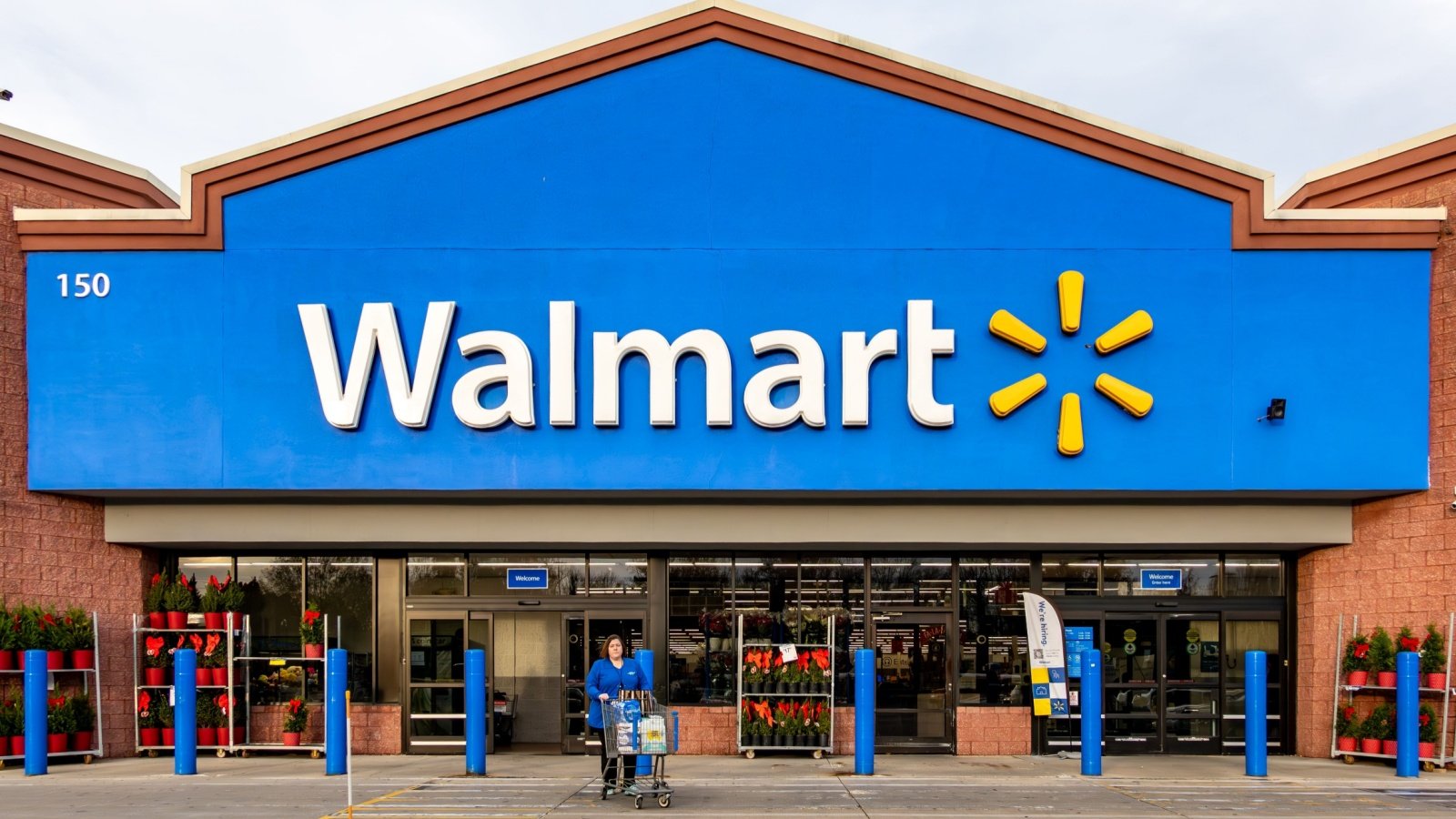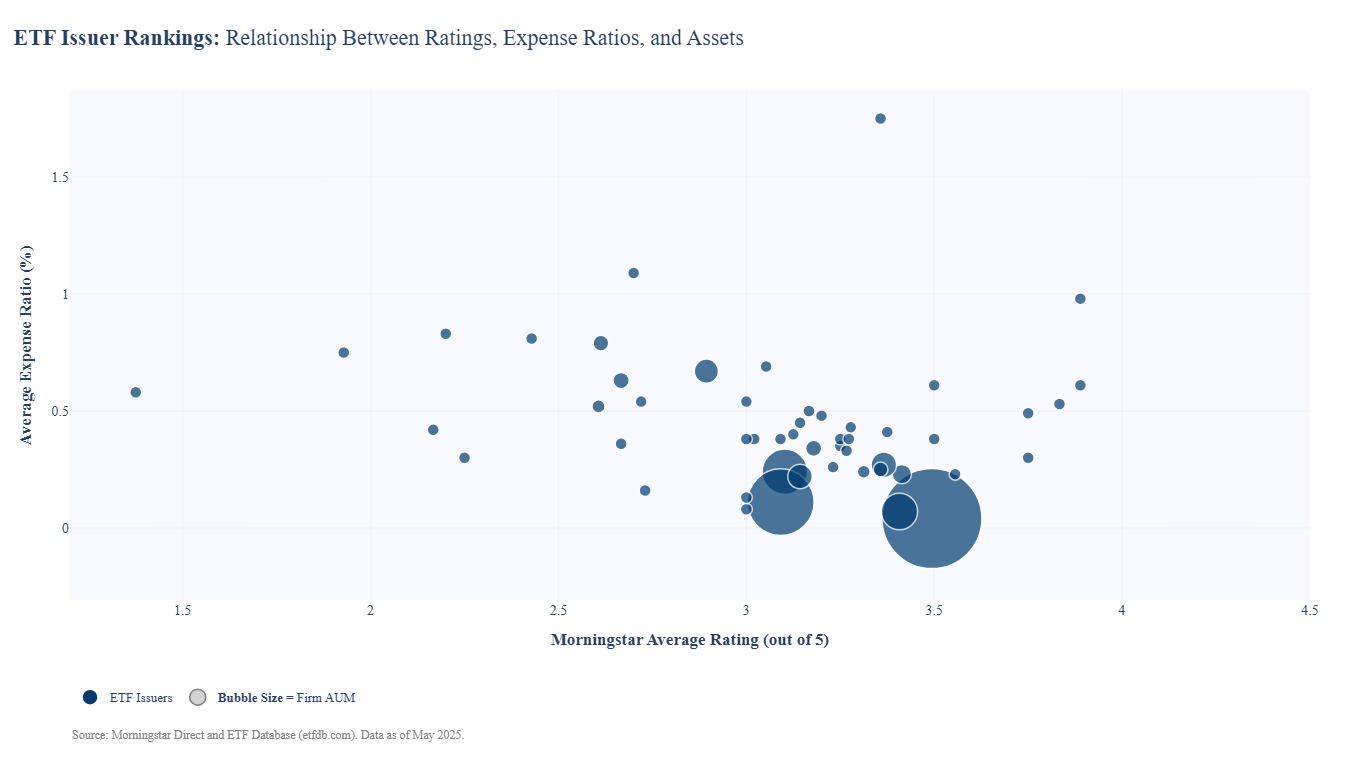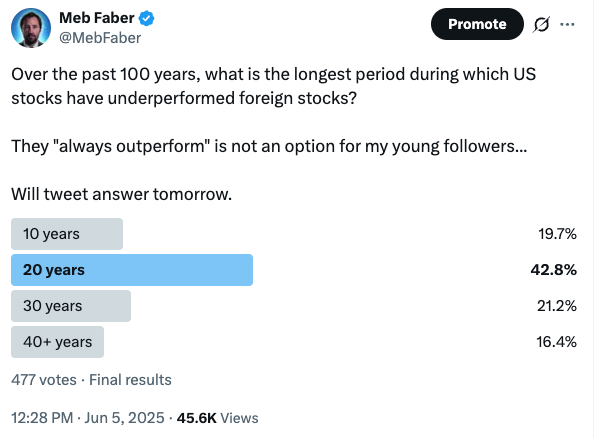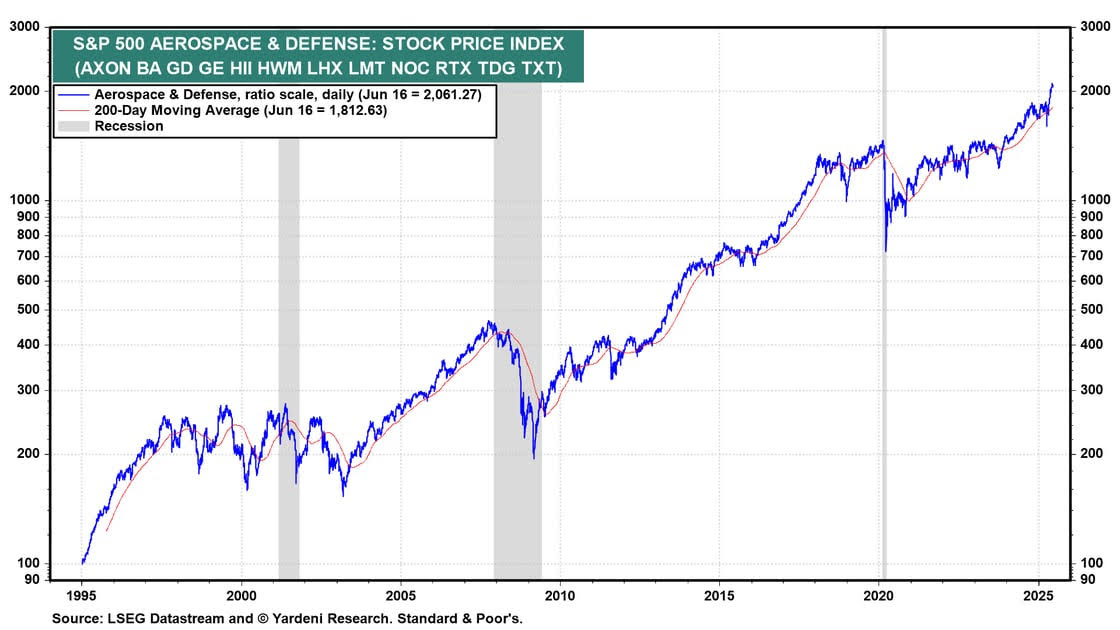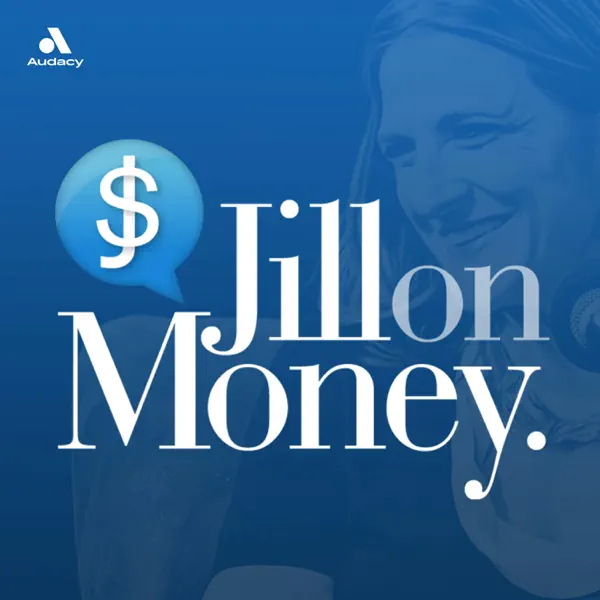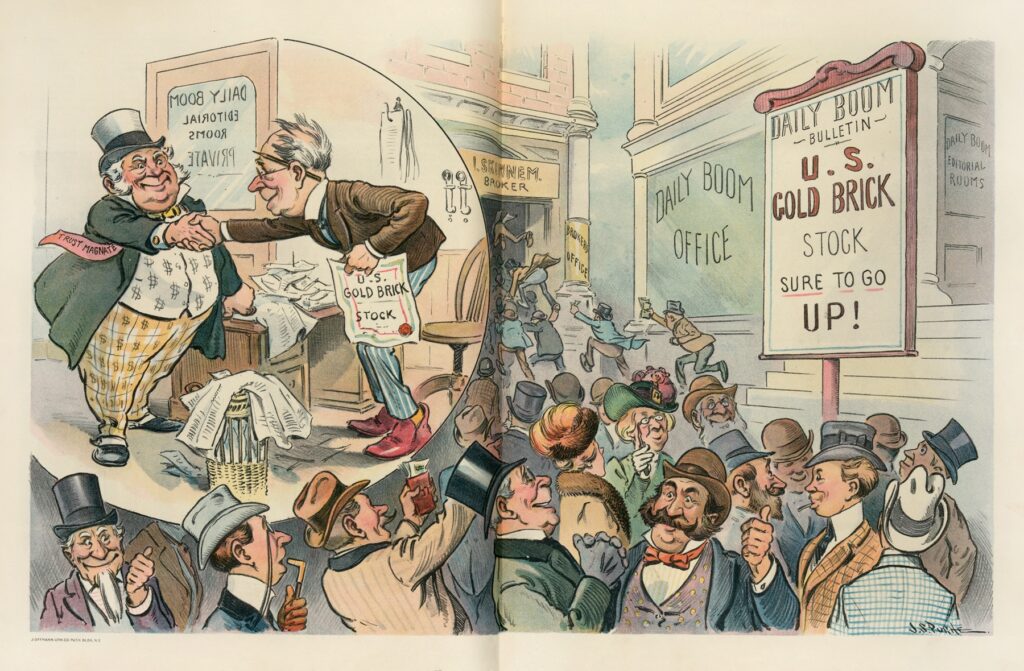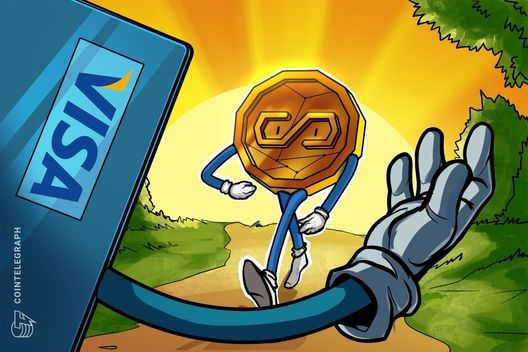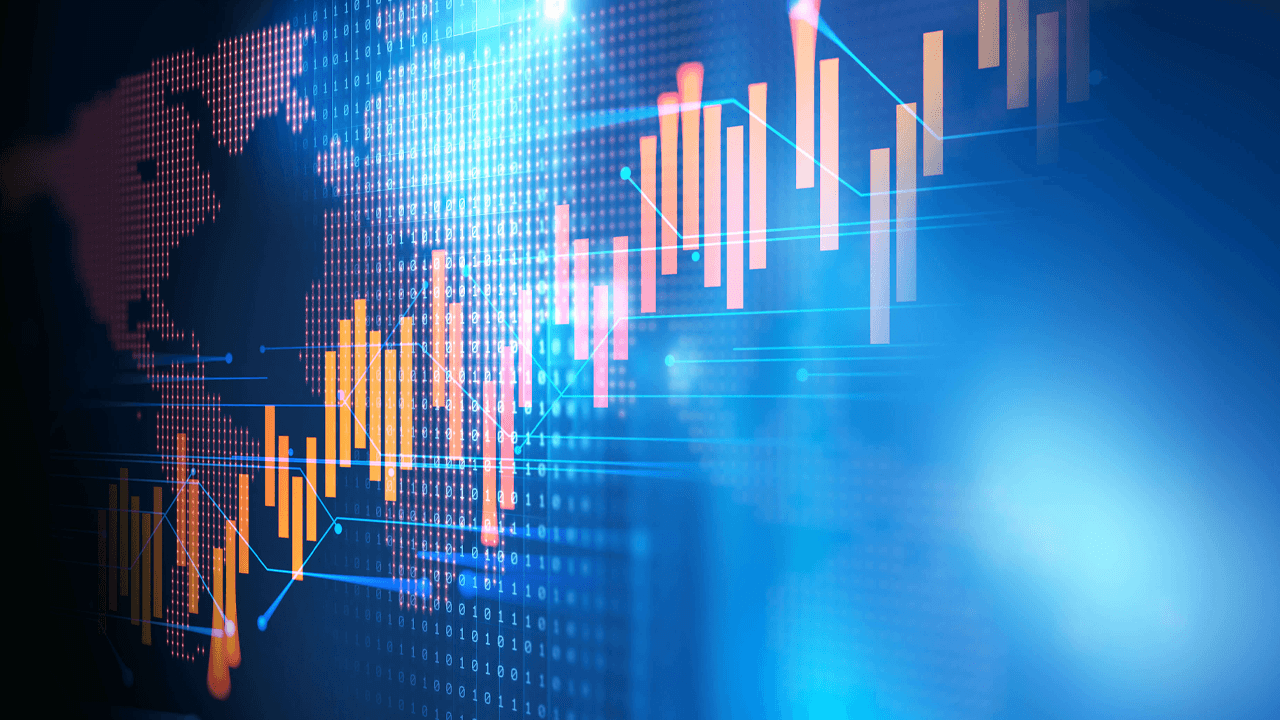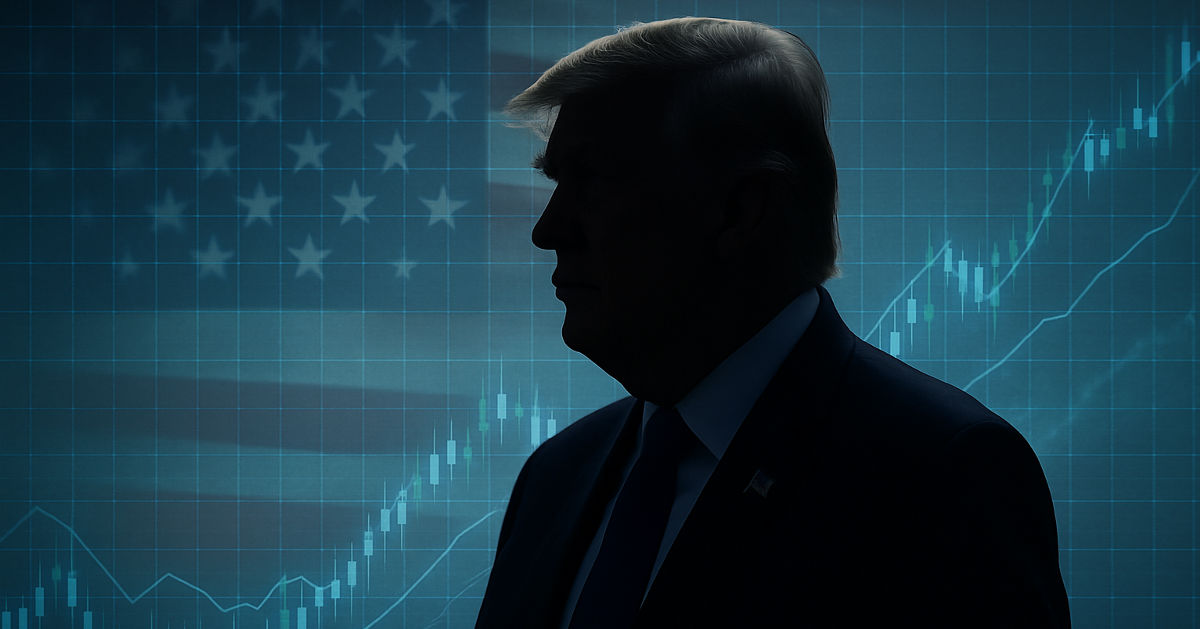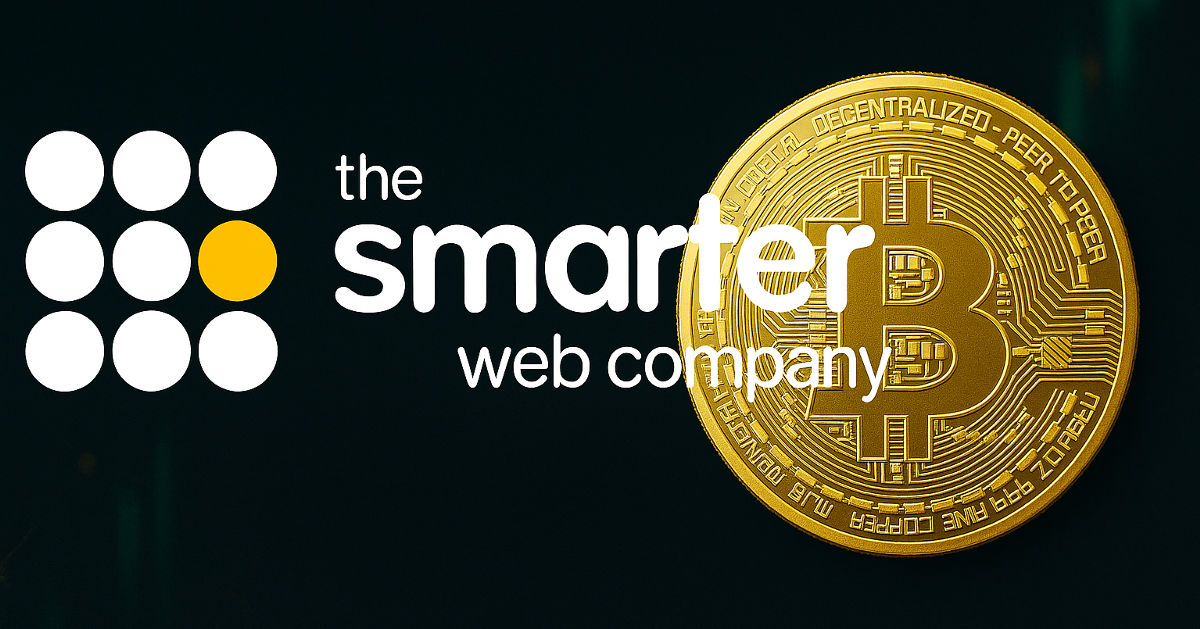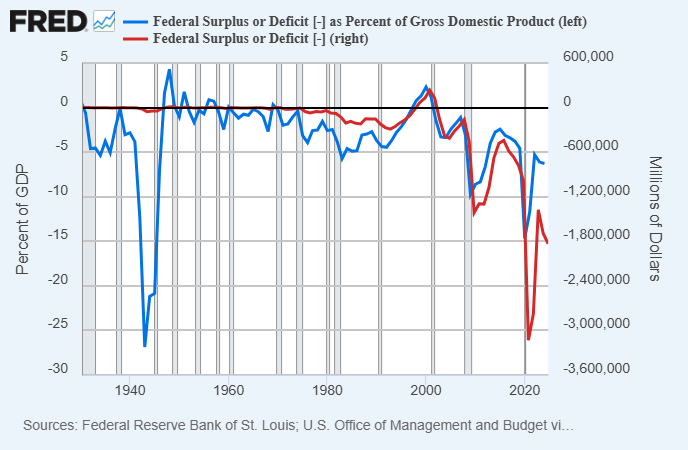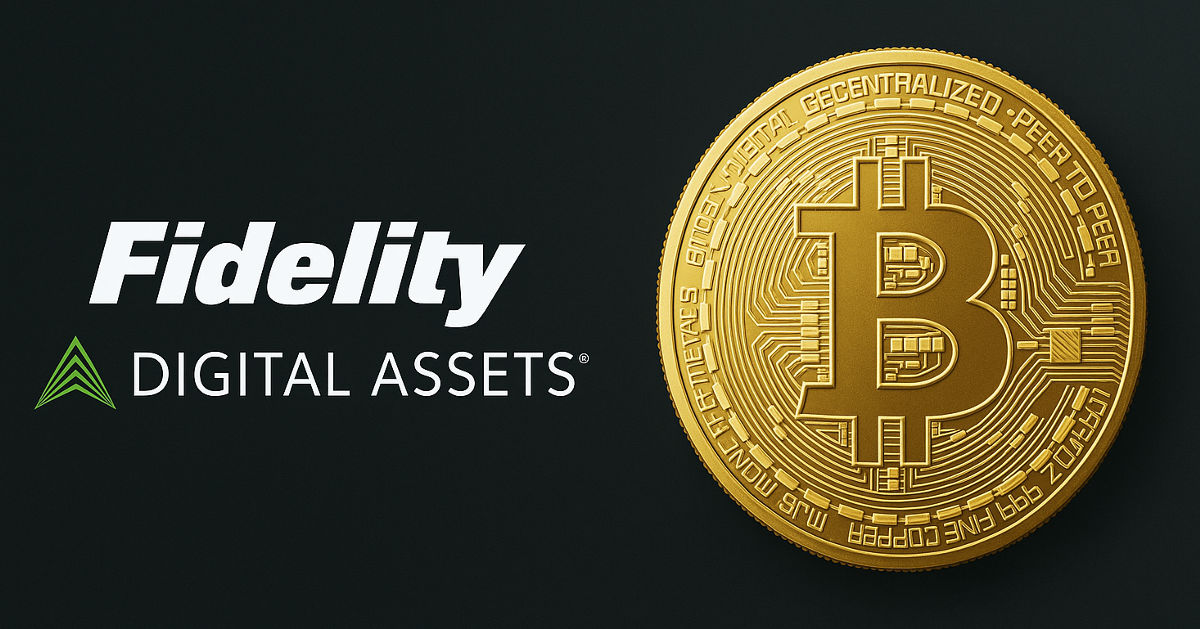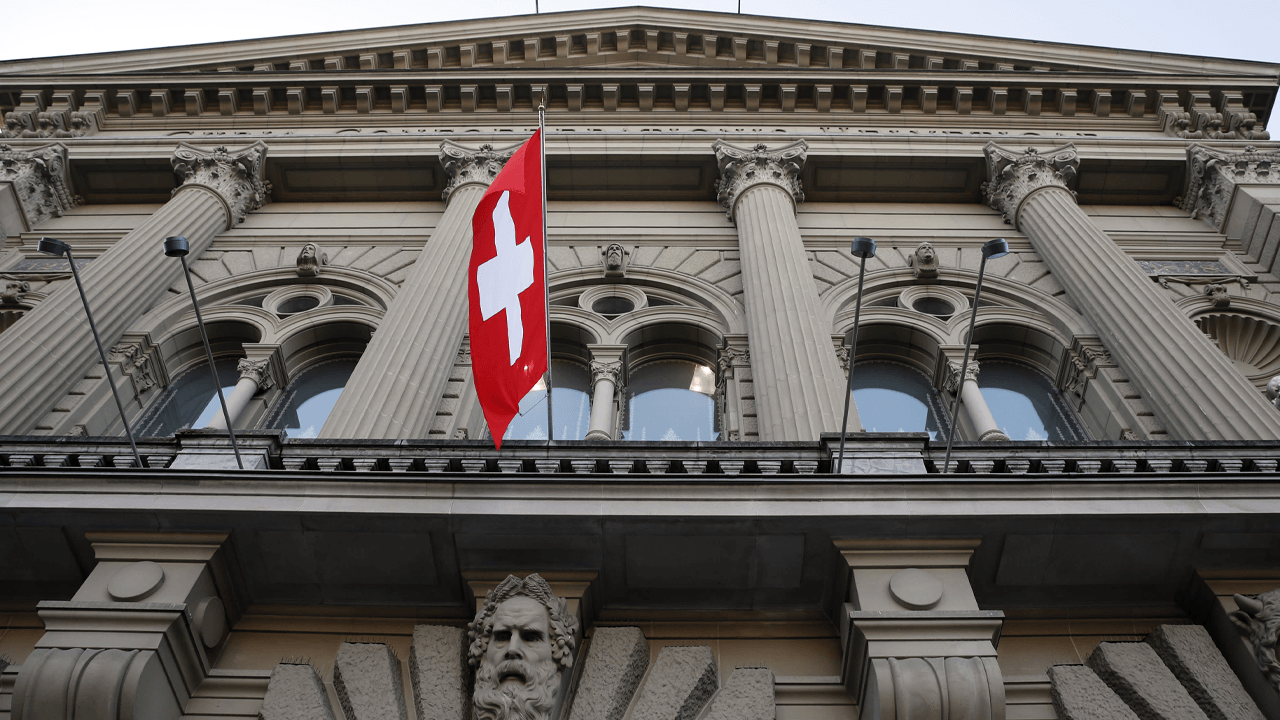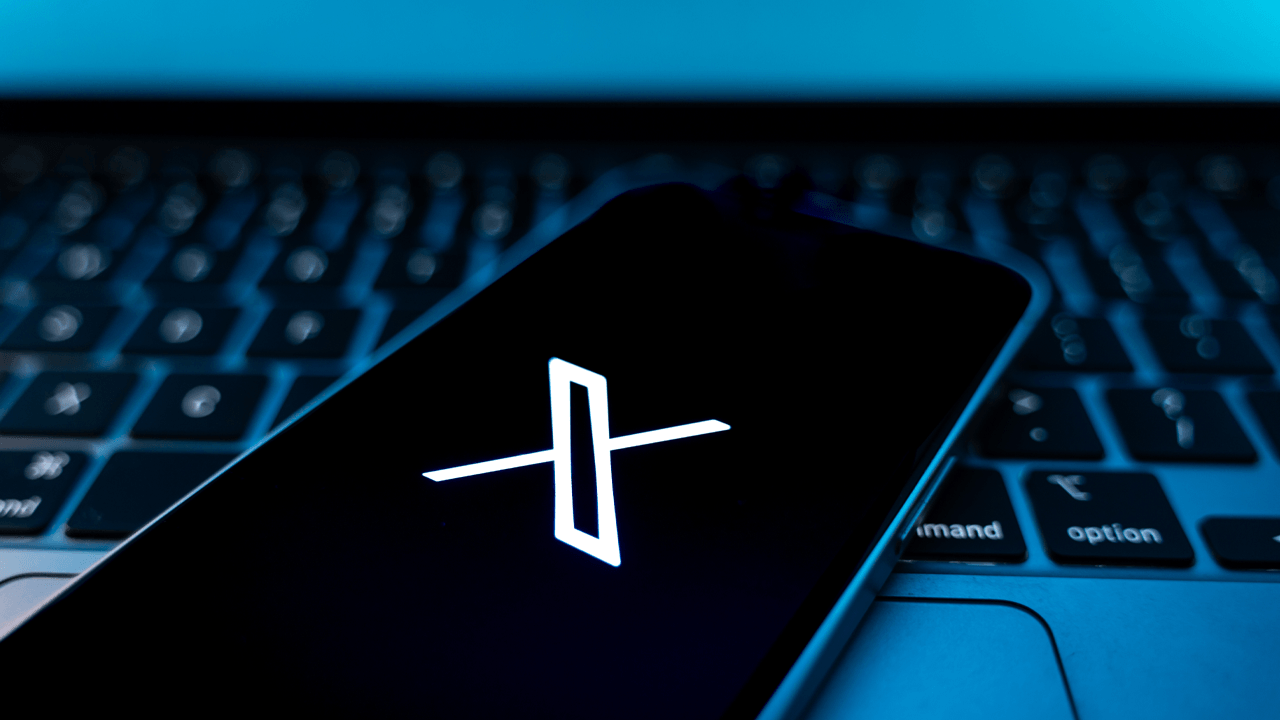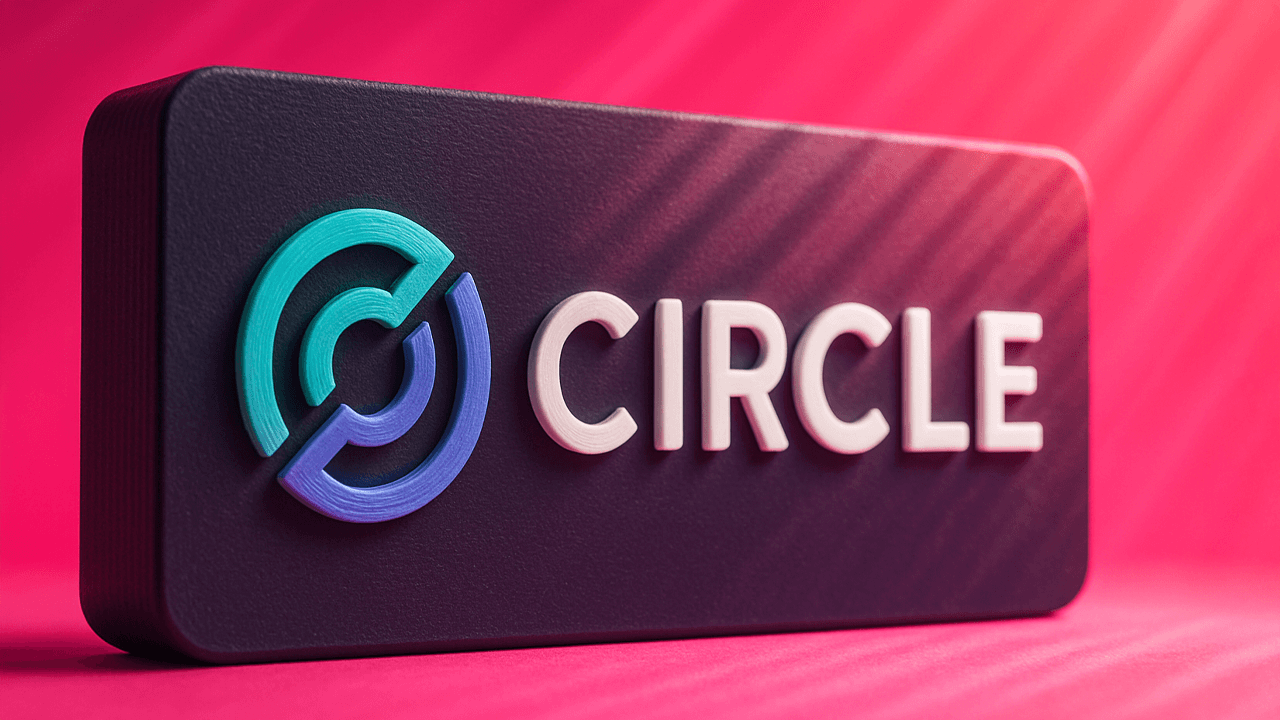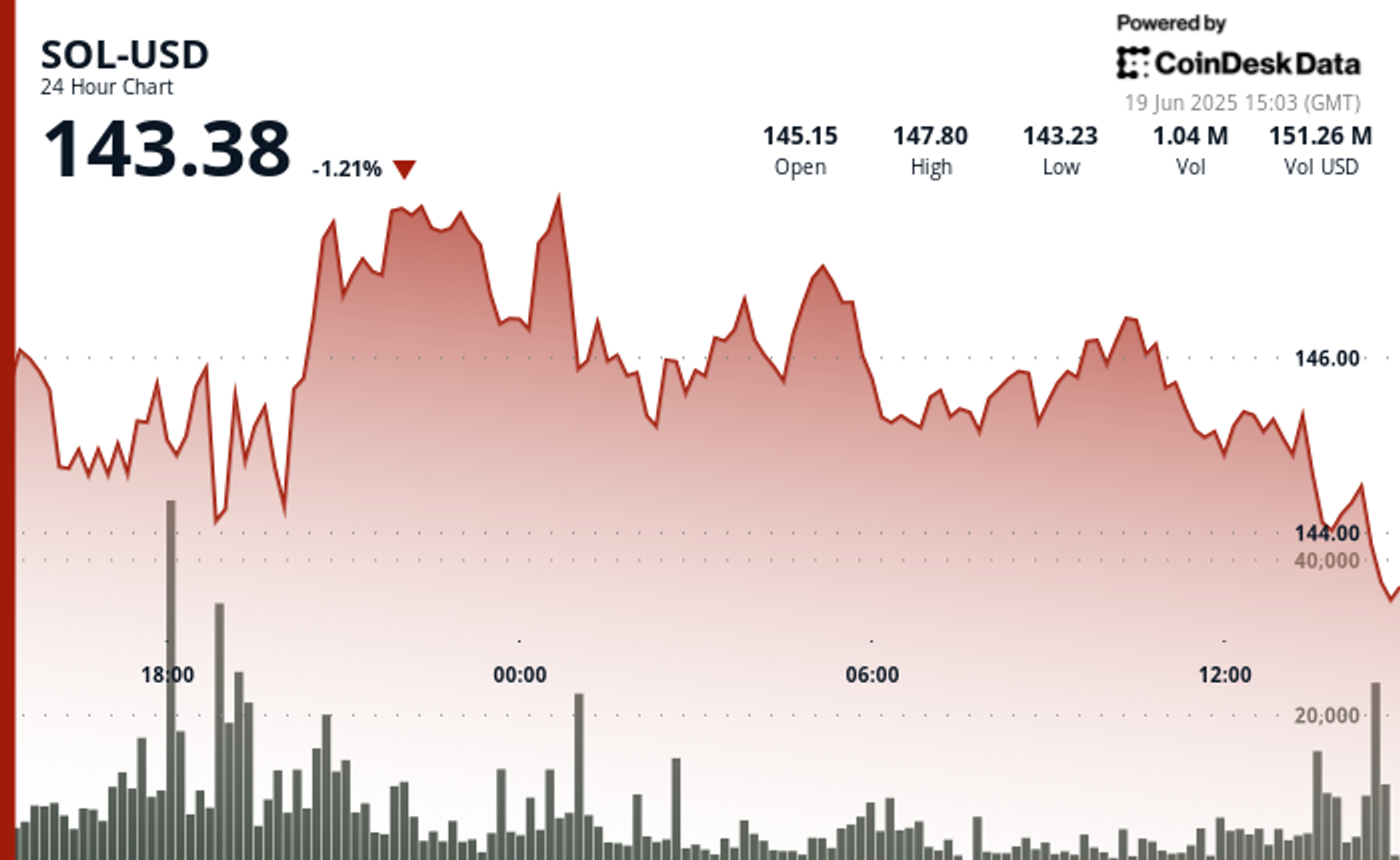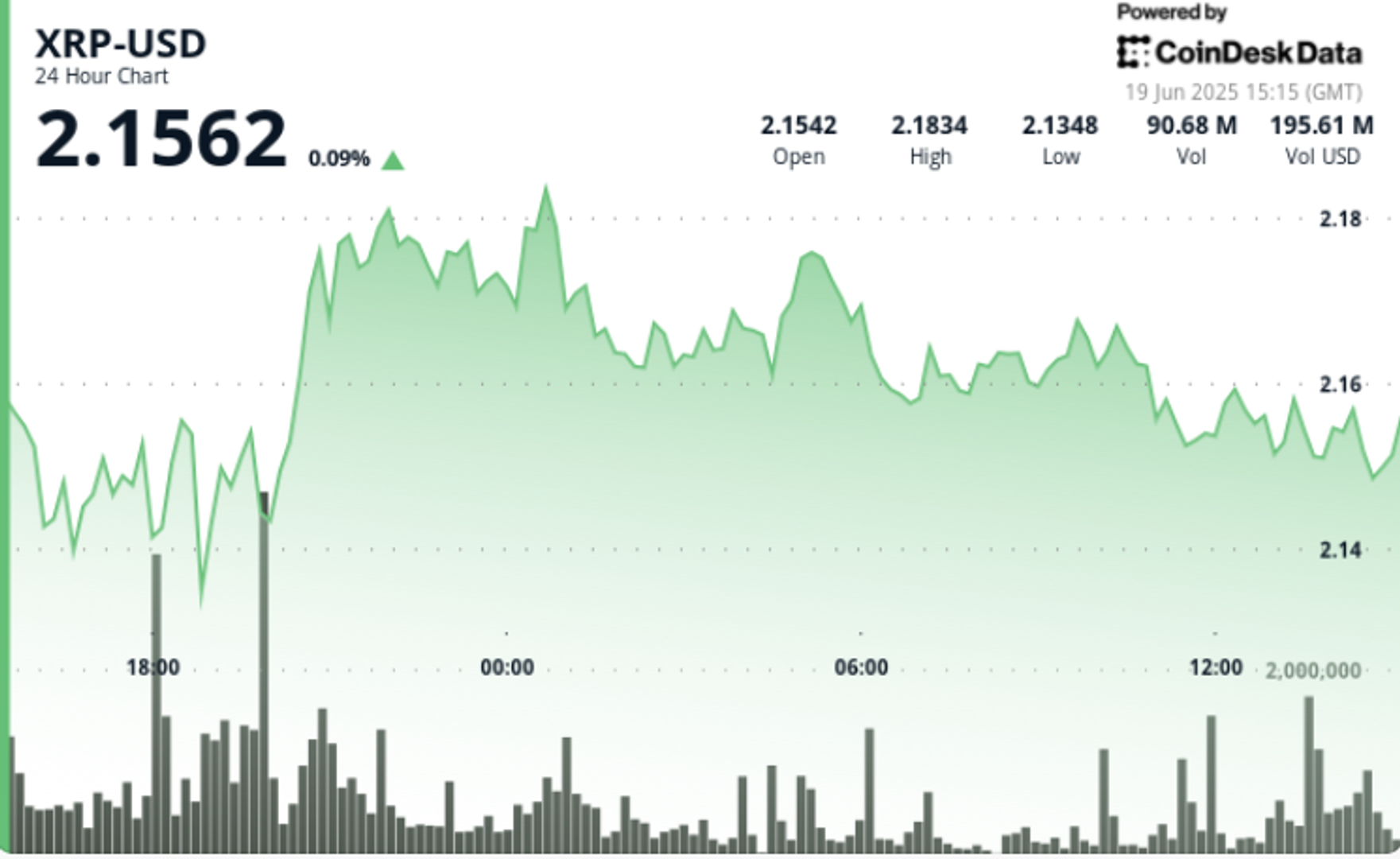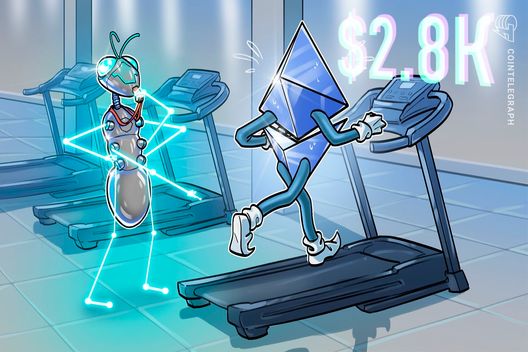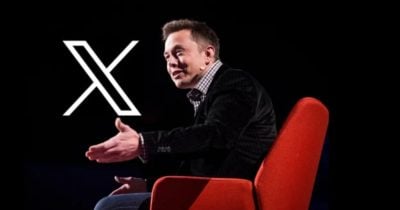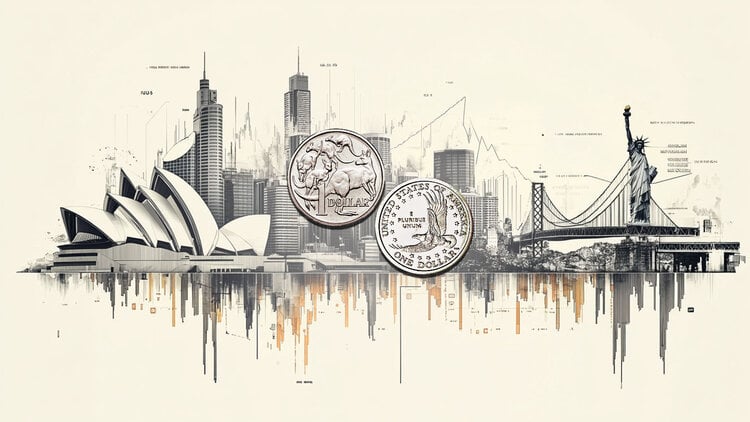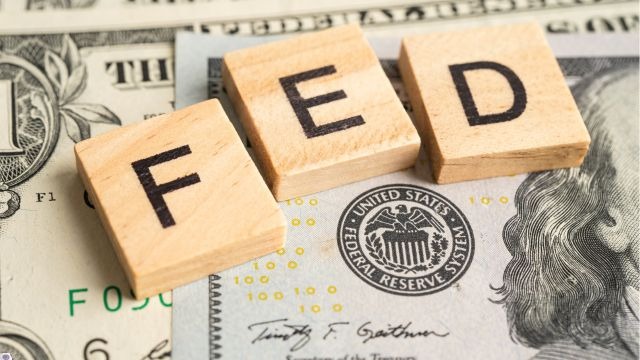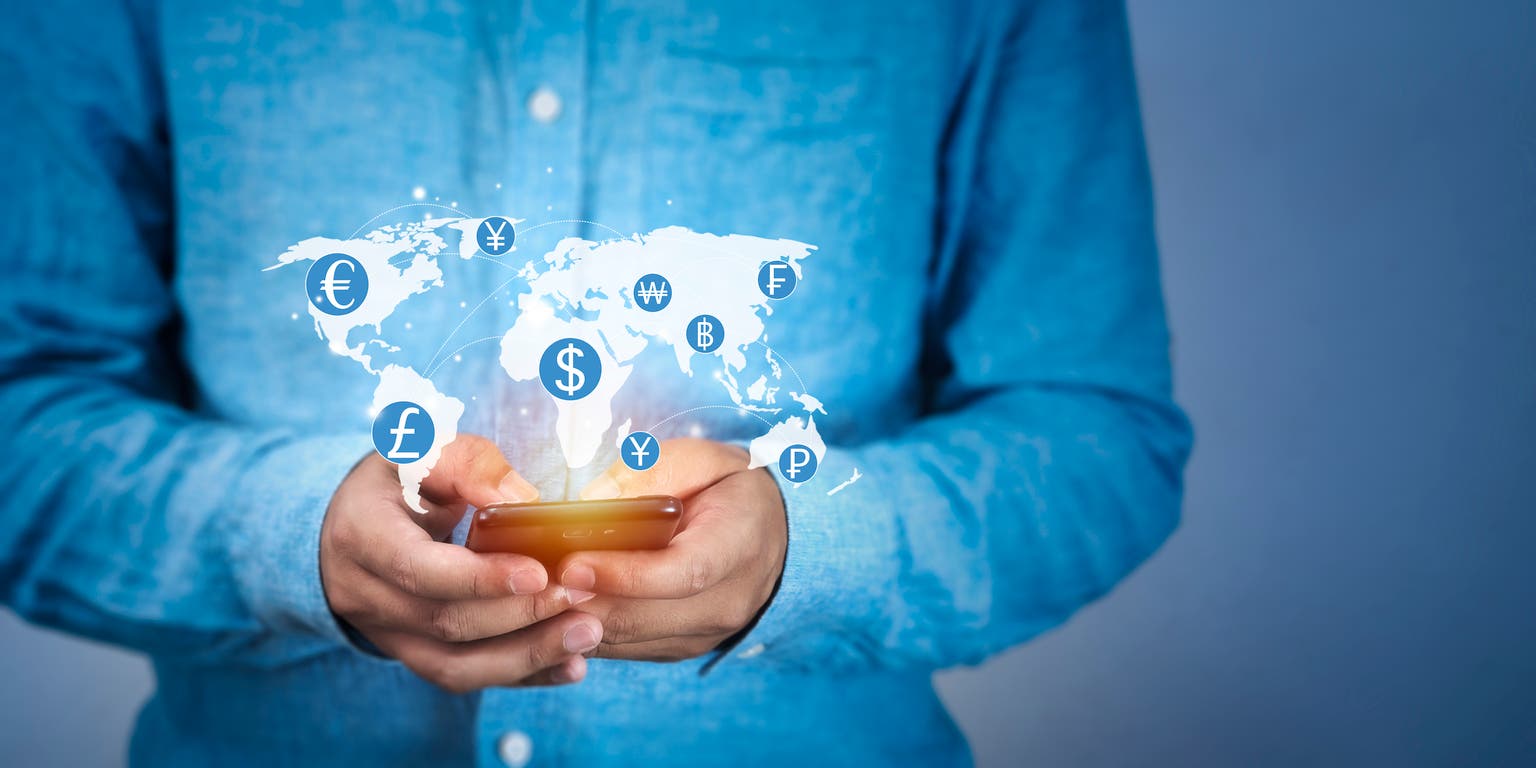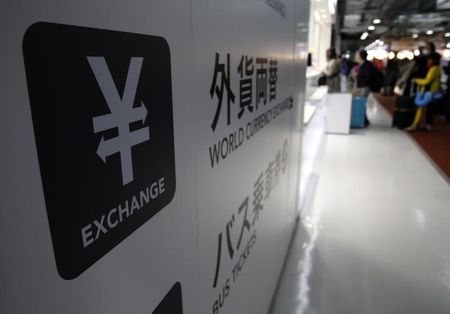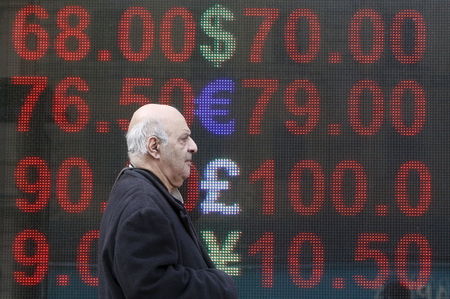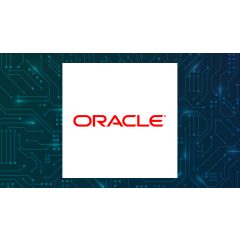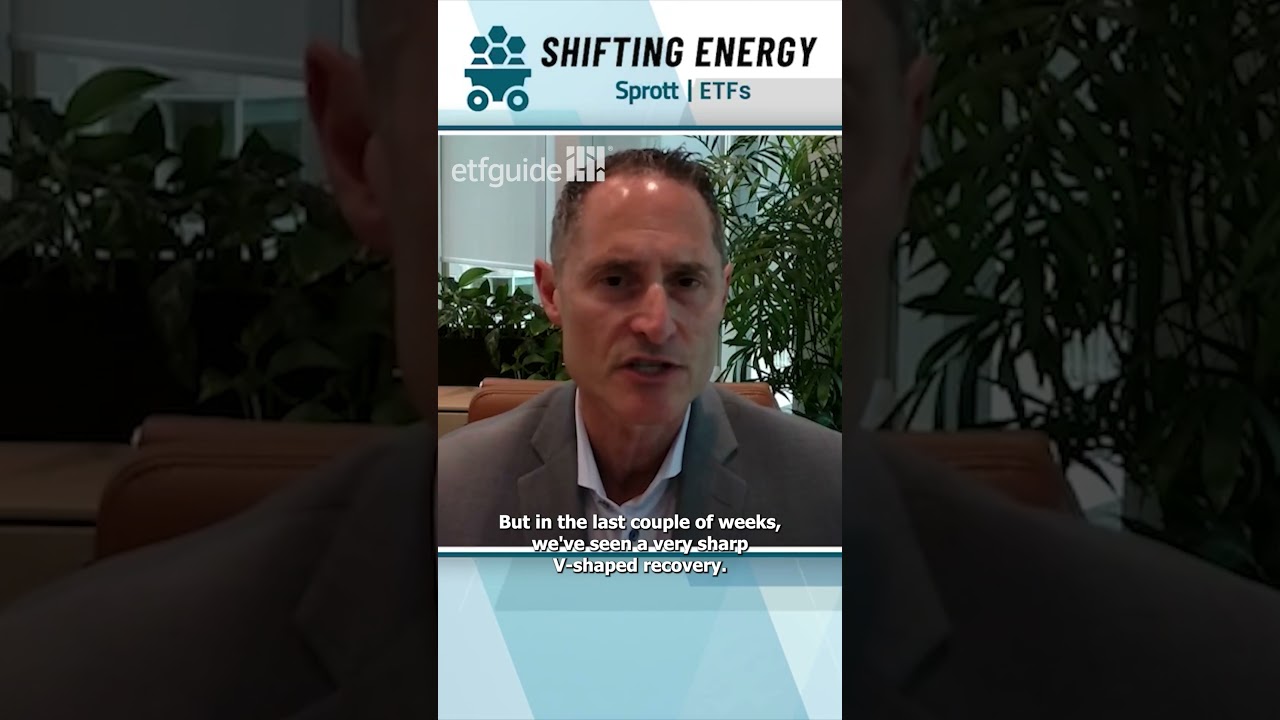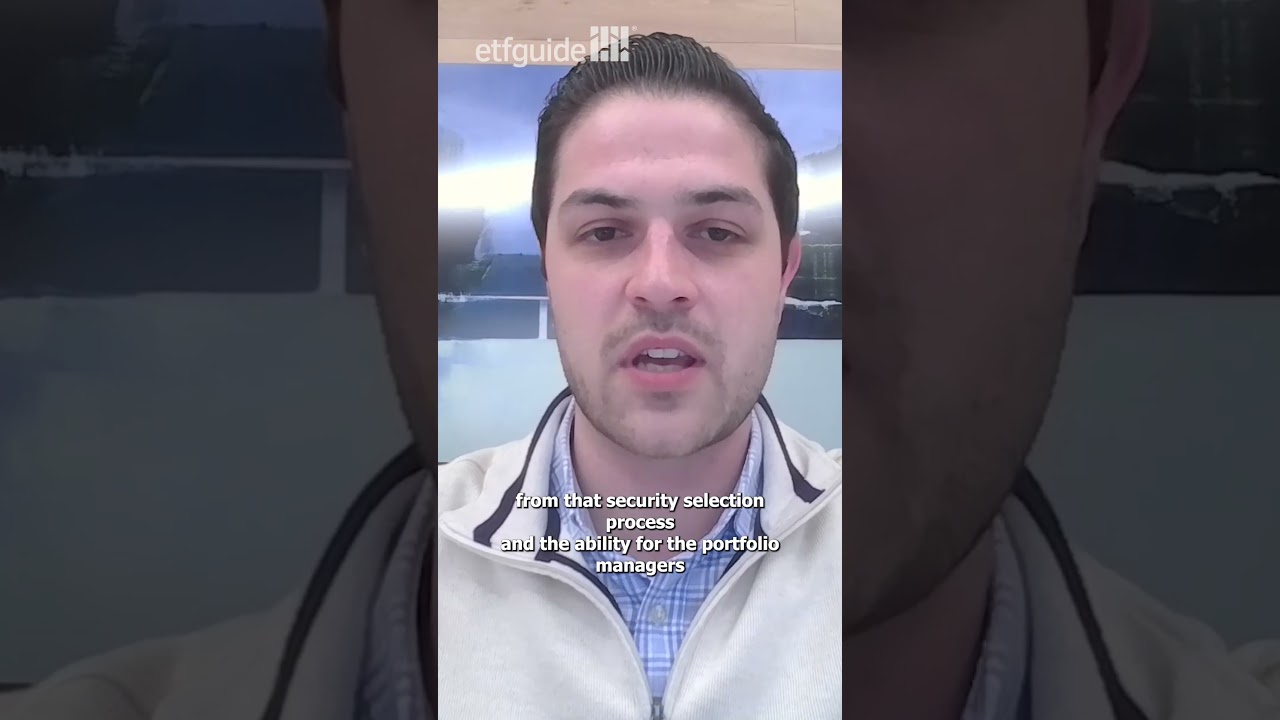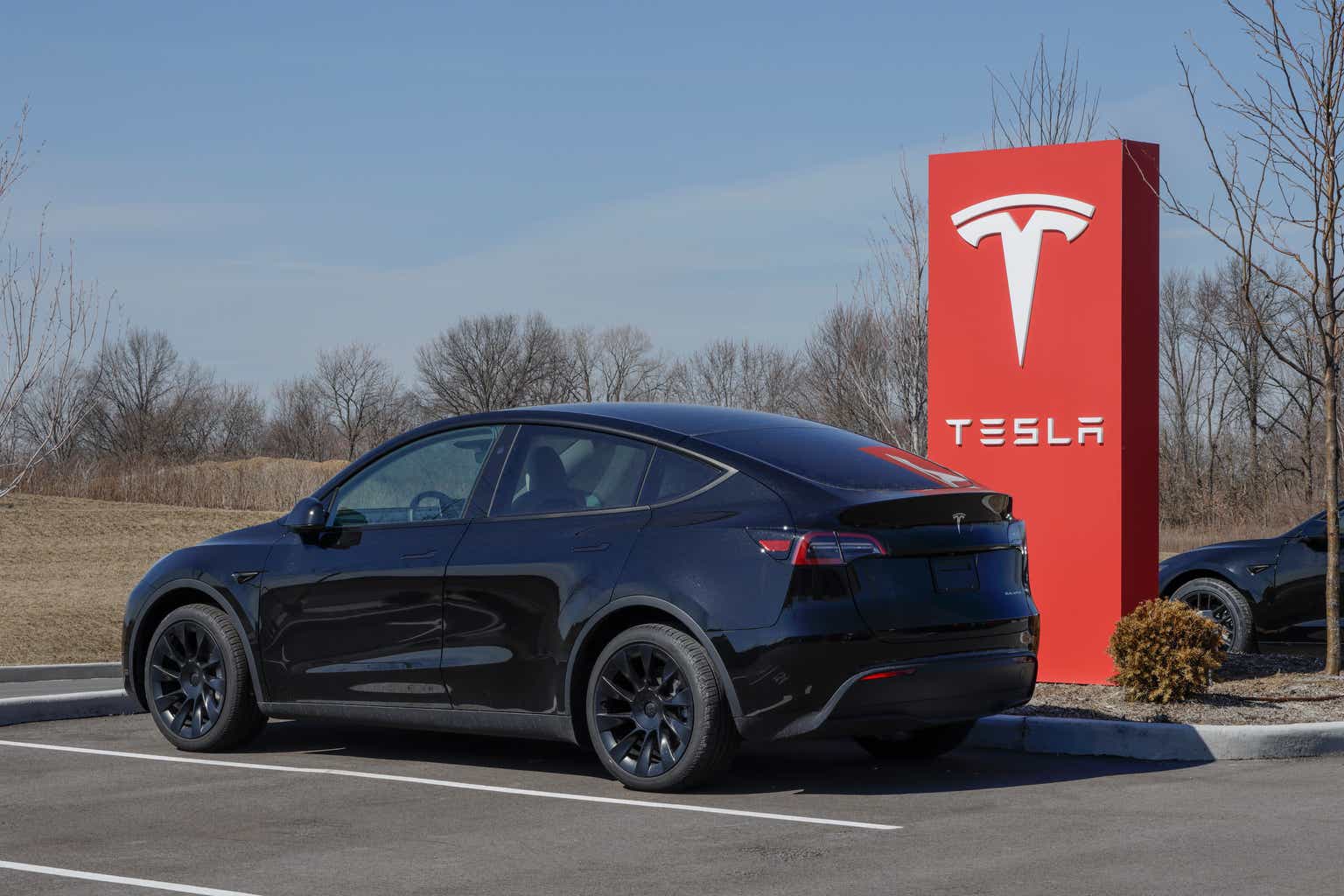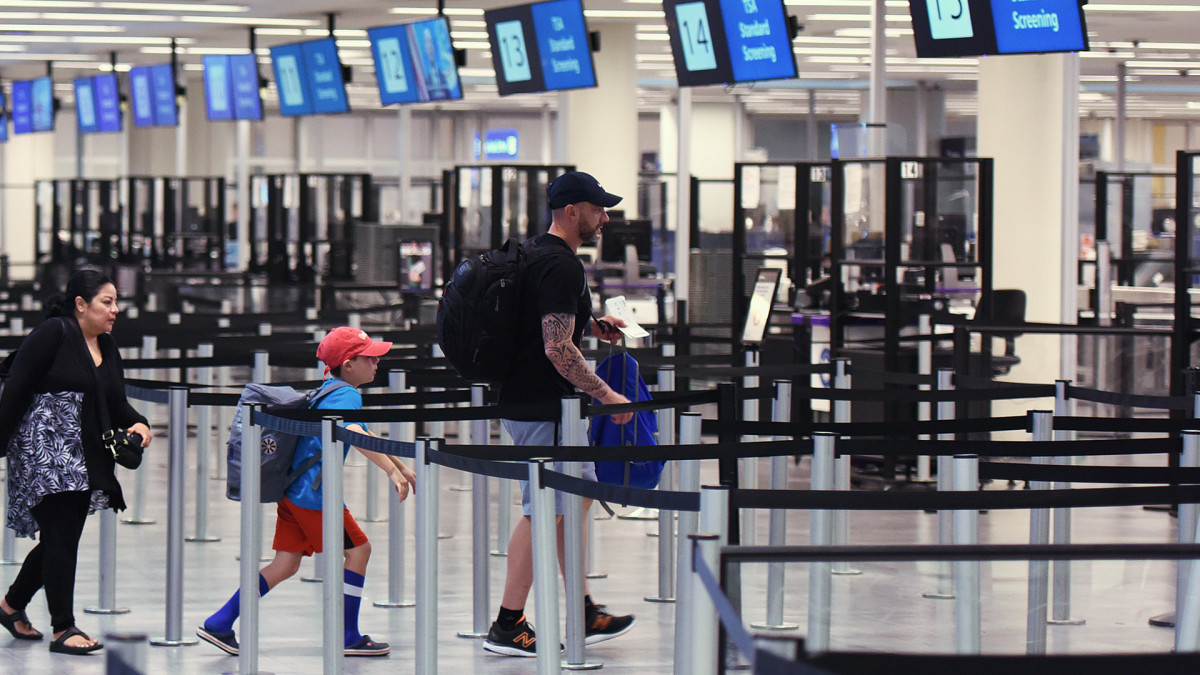WeightWatchers takes drastic step to exit bankruptcy
WeightWatchers is taking action to rebuild its financial future
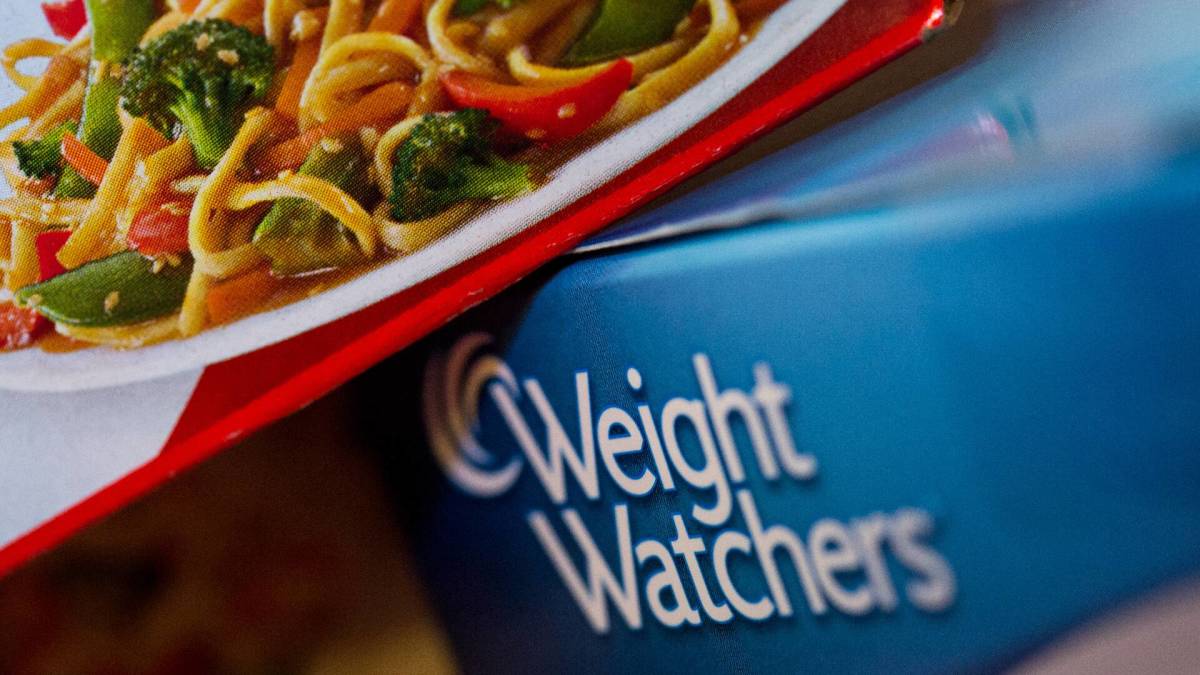
Growing up, I always knew when it was "weigh-in day."
My mom would slip into the kitchen in the early morning and emerge with her little tracker notebook tucked under one arm and a low-point snack in the other.
I was fascinated. She had little bars in shiny wrappers, chocolate-covered pretzels that somehow counted as healthy, and a whole drawer of food labeled with blue and purple stickers.
I remember trying some of her WeightWatchers snacks and being surprised by how much I liked them.
Related: How psychedelic mushrooms are helping people unlock their potential
WeightWatchers was more than just a diet brand back then. It was a community. An identity. It was built on accountability and structure and a little bit of ritual.
So it’s strange, now, to see the brand struggling.
For years, it’s faced declining membership, shifting trends, and fierce competition from newer, tech-driven health platforms.
And while the company has tried to modernize by adding app integrations, personalized plans, and even embracing controversial GLP-1 medications—it hasn’t been enough to avoid serious financial trouble.
Now, the brand is making its biggest move yet. Image source:Shutterstock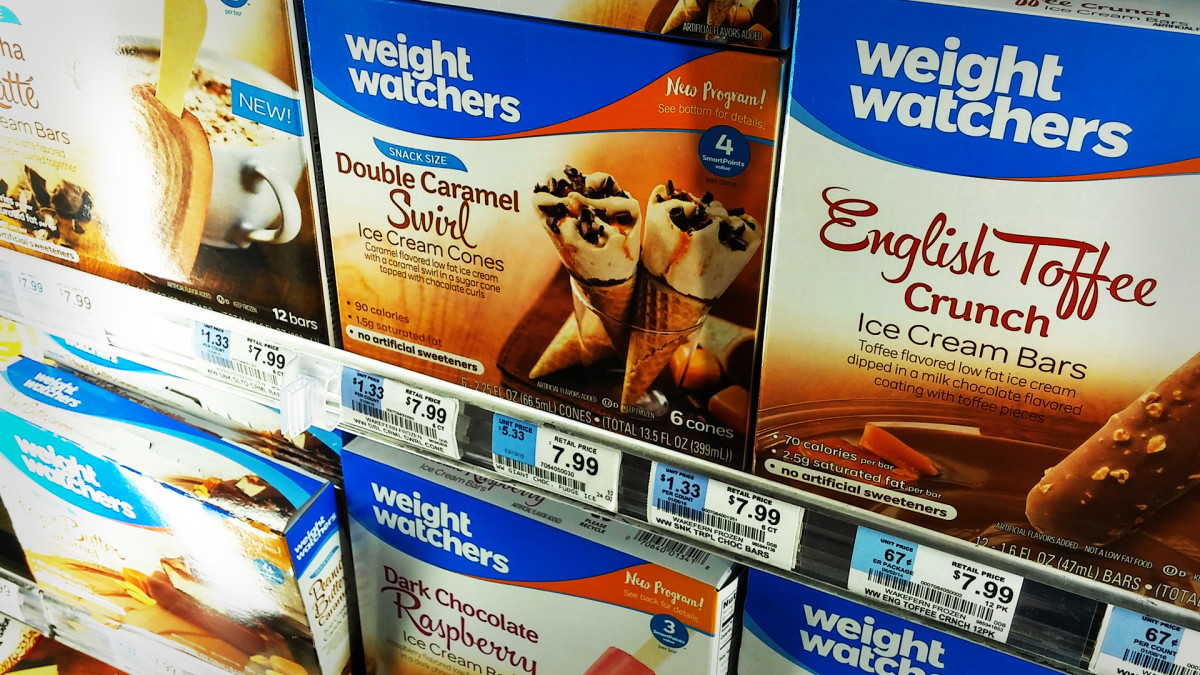
WeightWatchers gets court approval to restructure
On June 17, WeightWatchers announced a major milestone: the court just greenlit its Plan of Reorganization. That means the company is finally on track to exit bankruptcy—potentially as soon as next week.
Under the new plan, WeightWatchers is wiping out $1.15 billion in debt. That’s more than 70% of what it owed, and it gives the brand a much-needed shot at stability.
Here’s what that looks like: lenders and noteholders are trading their claims for new loans and equity.
Related: This new AI tool could change how you shop for makeup
Existing shareholders? They’re getting just 9% of the new company. A brutal haircut, but one that clears the path forward.
CEO Tara Comonte called it a "meaningful turning point" and said the company is doubling down on what’s next: focusing on lifestyle change, clinical care, and yes, GLP-1 medications like Ozempic and Wegovy.
Through it all, the company stayed public. Now, with the paperwork nearly finalized, it’s hoping to emerge with more speed, less baggage, and a clear runway to grow again.
WeightWatchers’ bold reset could change everything
Let’s be real...WeightWatchers hasn’t been the go-to name in weight loss for a while.
Once the gold standard, it’s been losing ground to flashier, tech-savvy rivals like Noom, MyFitnessPal, and a wave of telehealth startups pushing the latest miracle meds.
But instead of fighting the shift, WW leaned in. It bought Sequence, a GLP-1 prescription platform, and started blending its old-school accountability model with medical support.
Smart move, but an expensive one. Revenues fell, debt climbed, and the stock tanked.
This bankruptcy reset? It might be the company’s best shot at surviving the wellness wars.
With over a billion in debt erased, the brand can finally focus on fixing what matters: modernizing the product, rebuilding trust, and reaching people in a crowded, noisy market.
The trick will be walking the line between old and new. Between nostalgic snack bars and doctor-prescribed injections.
But if WW gets it right, it won’t just be a comeback. It’ll be a transformation.
And for the millions who once counted points and tracked progress, it might even feel like coming home.
Related: Stanley cup maker sparks criticism over controversial partnership




